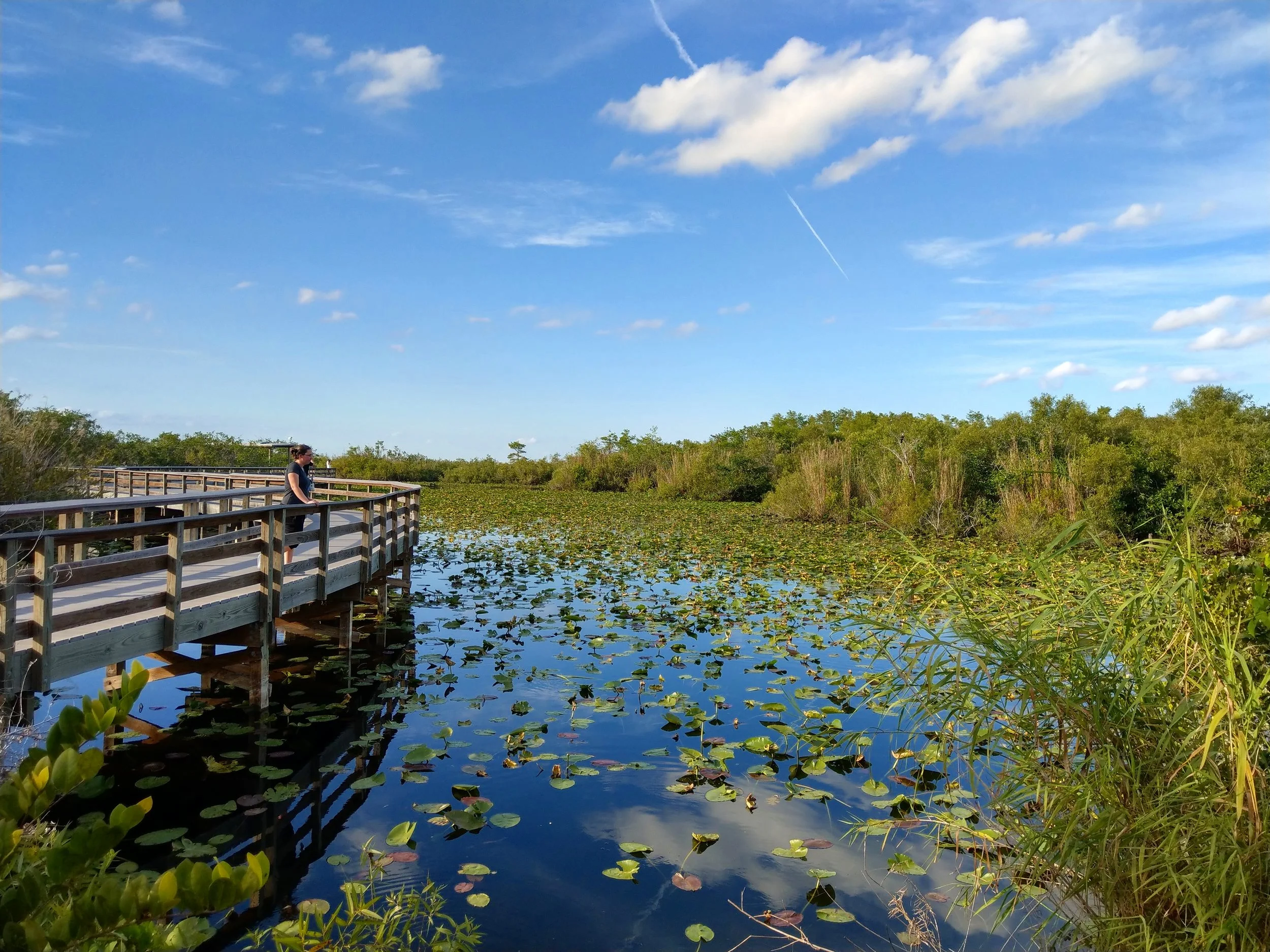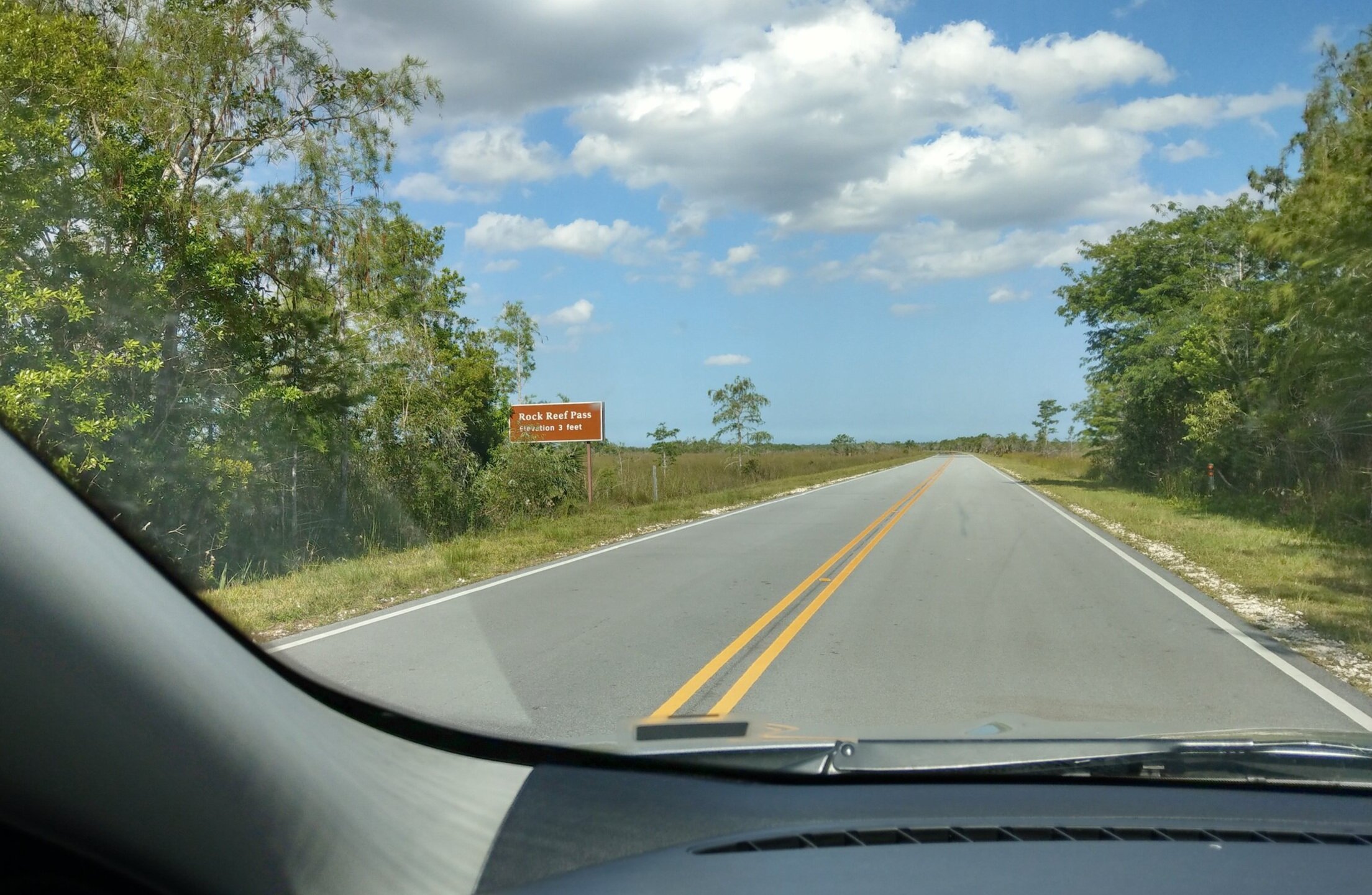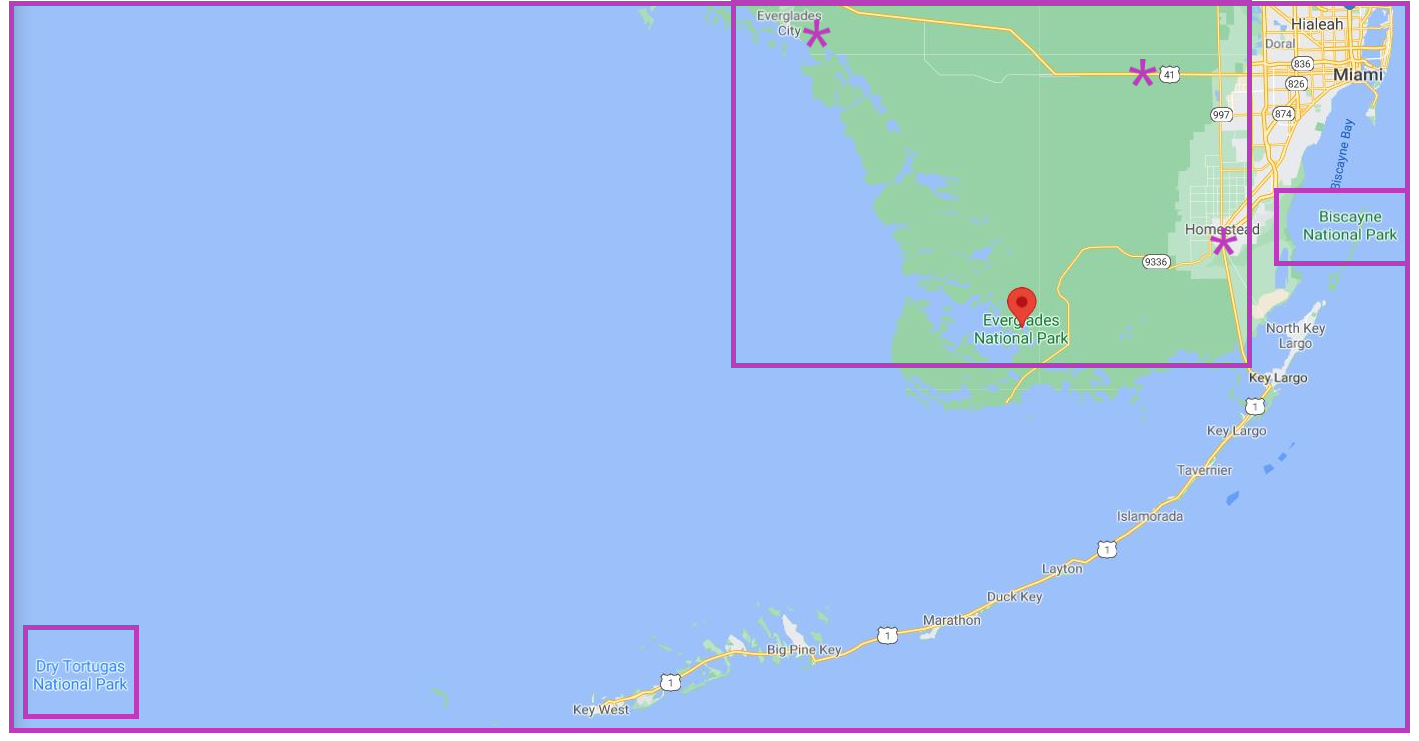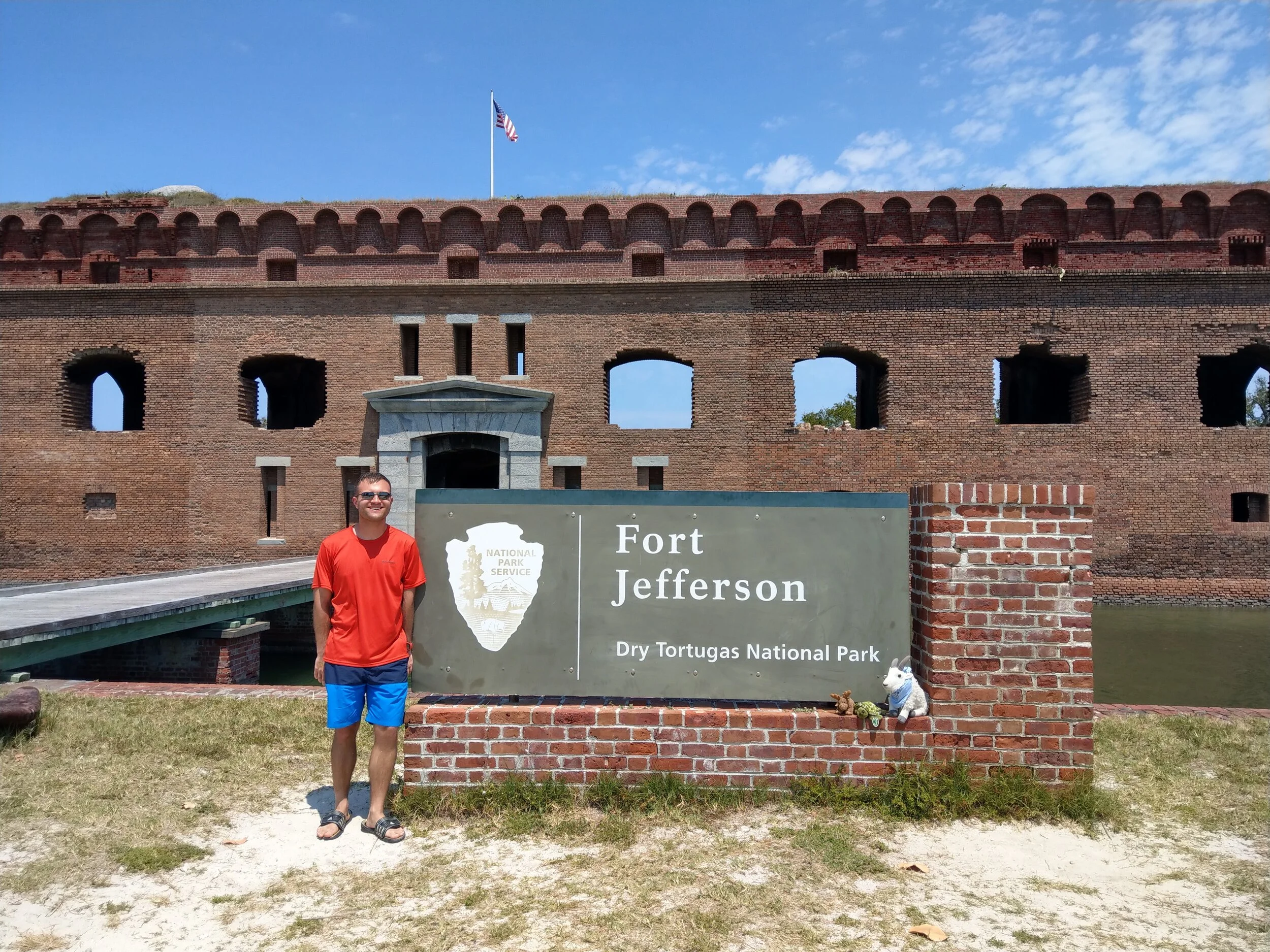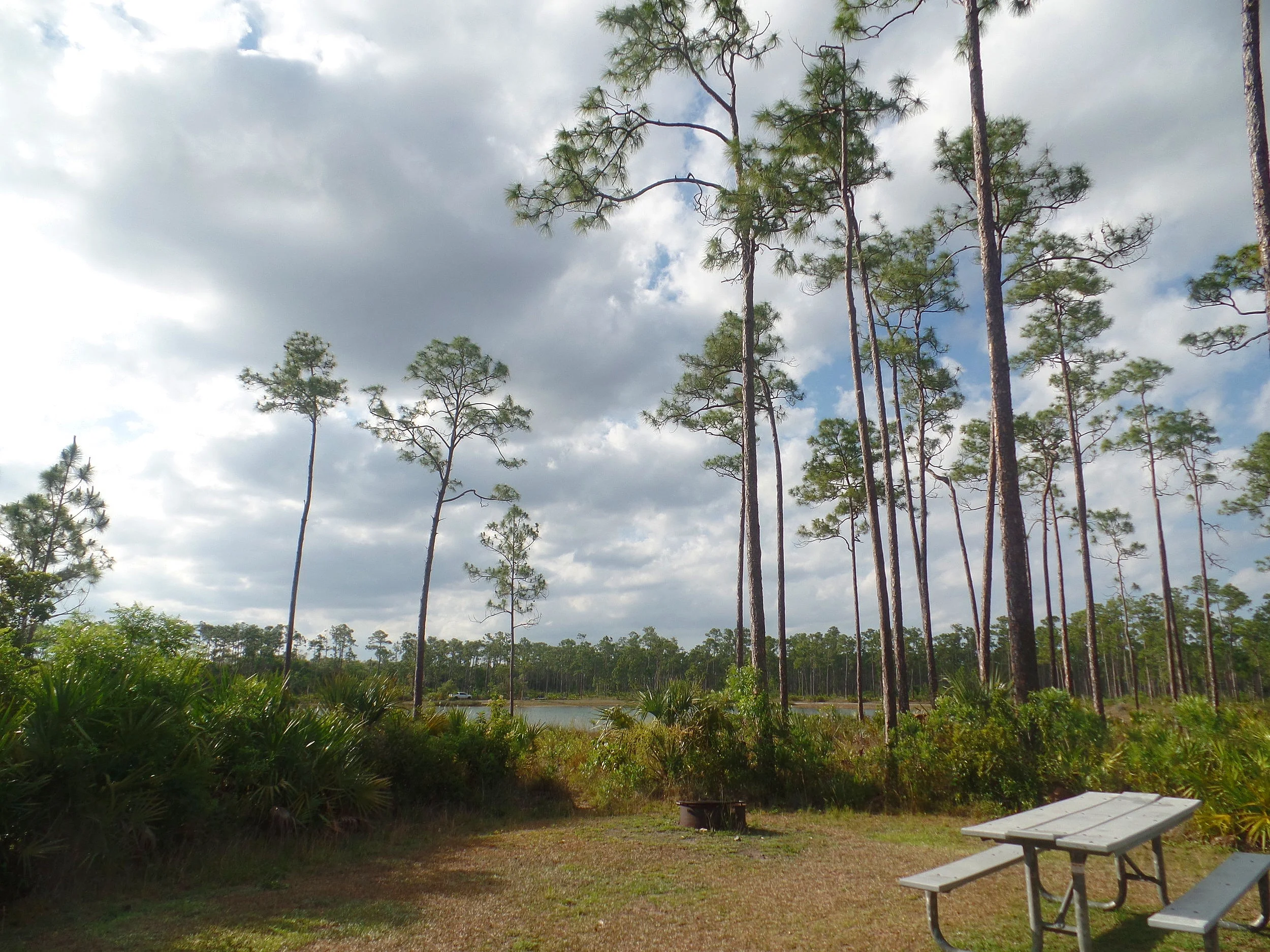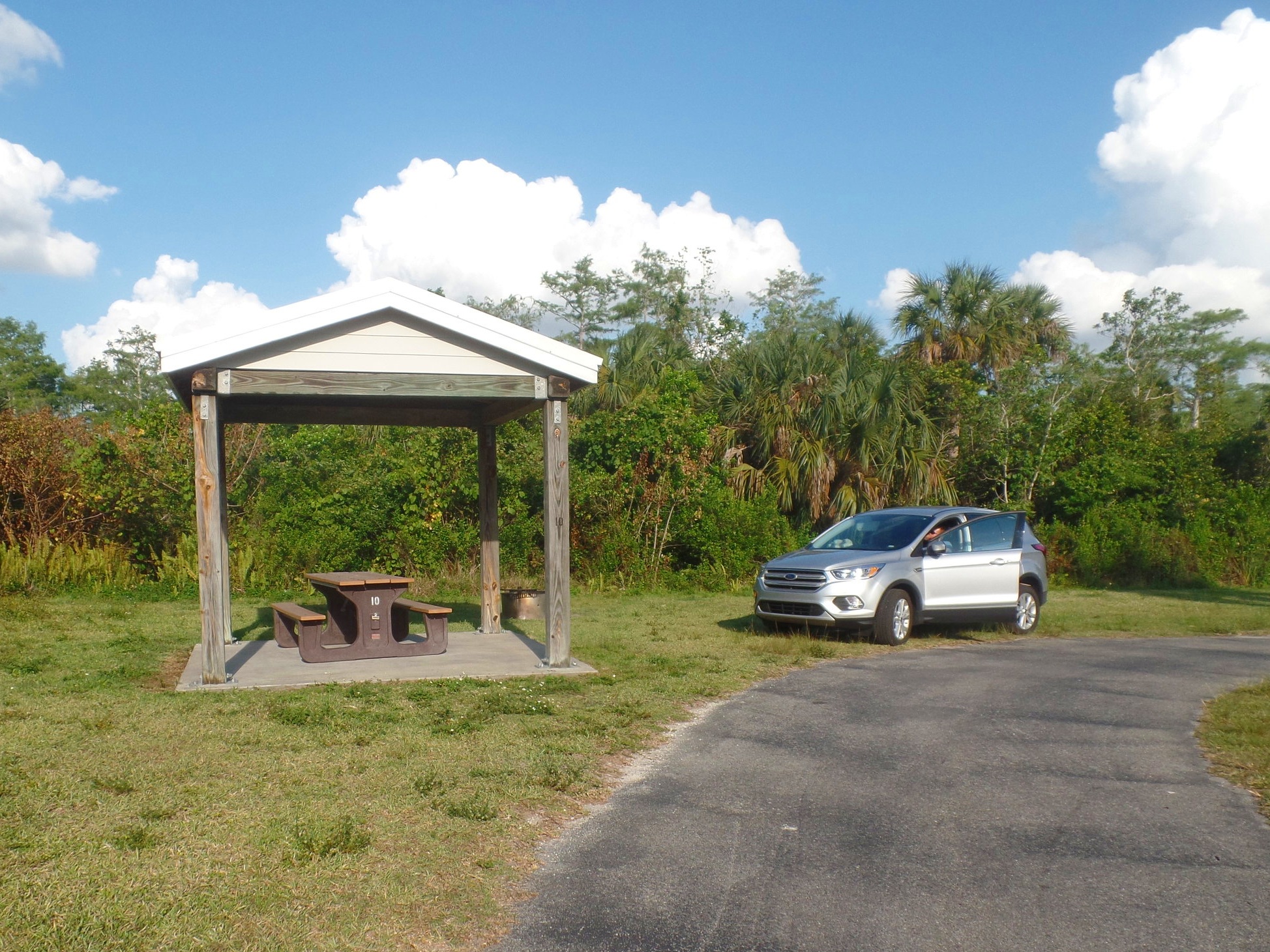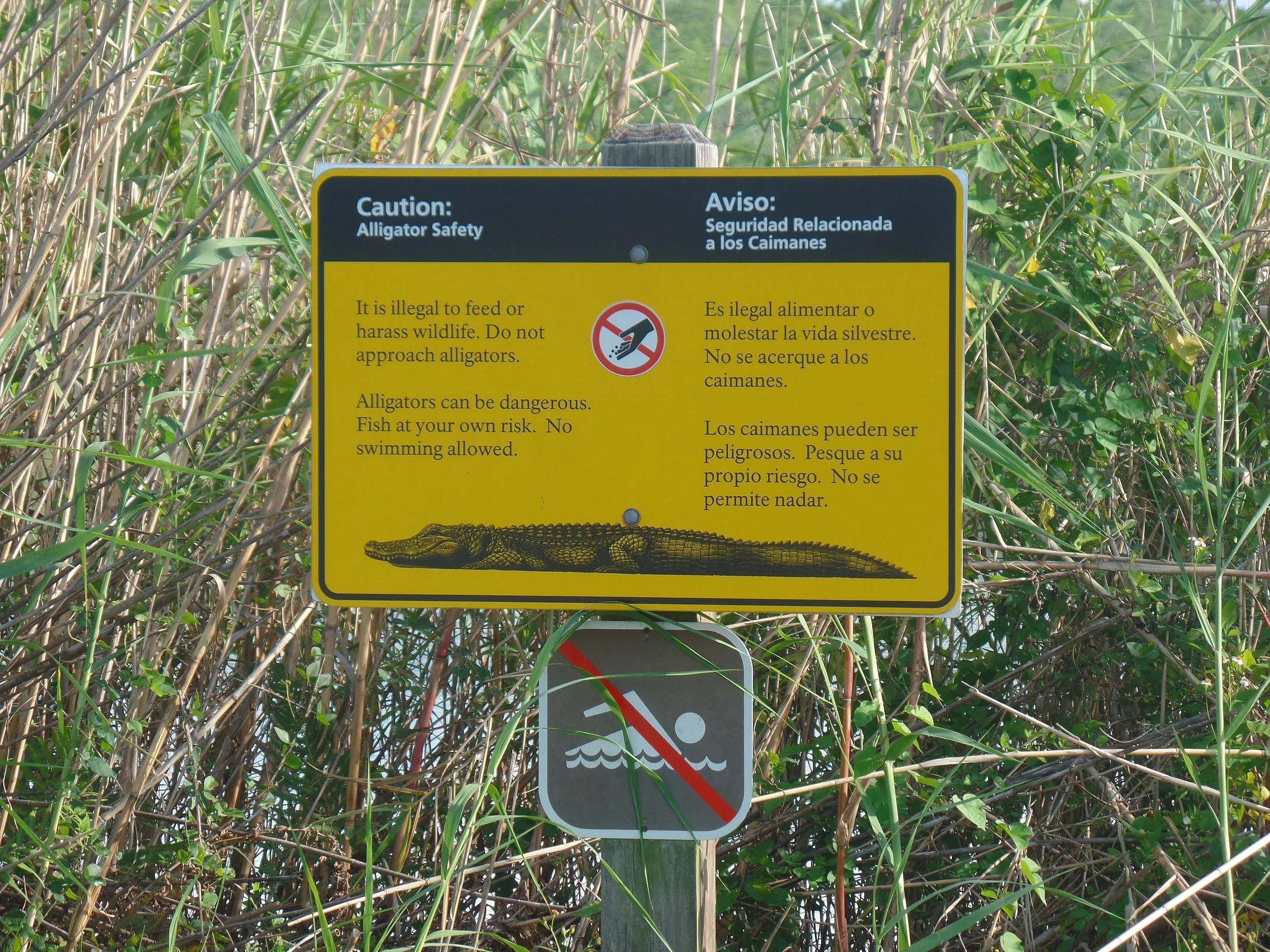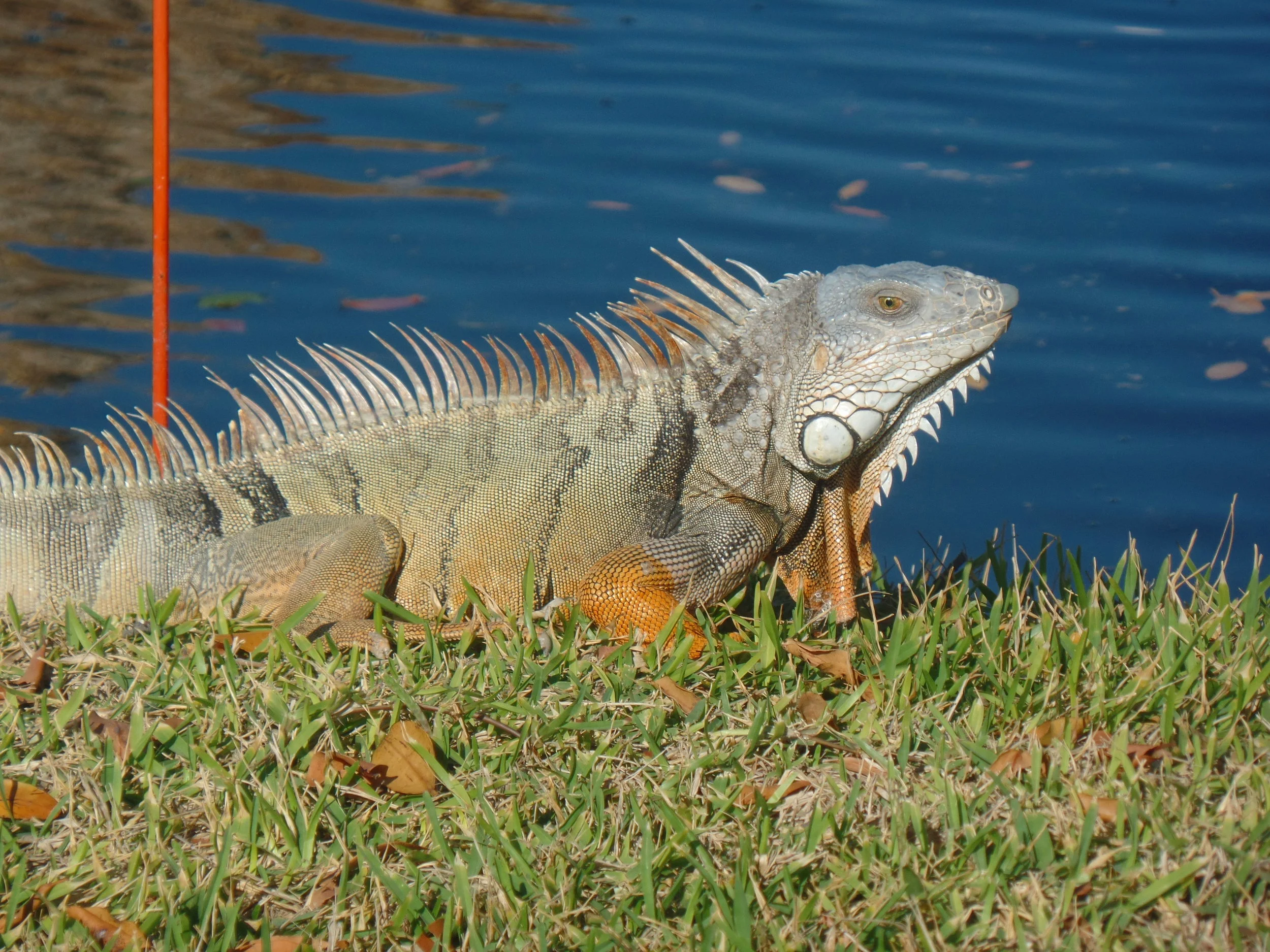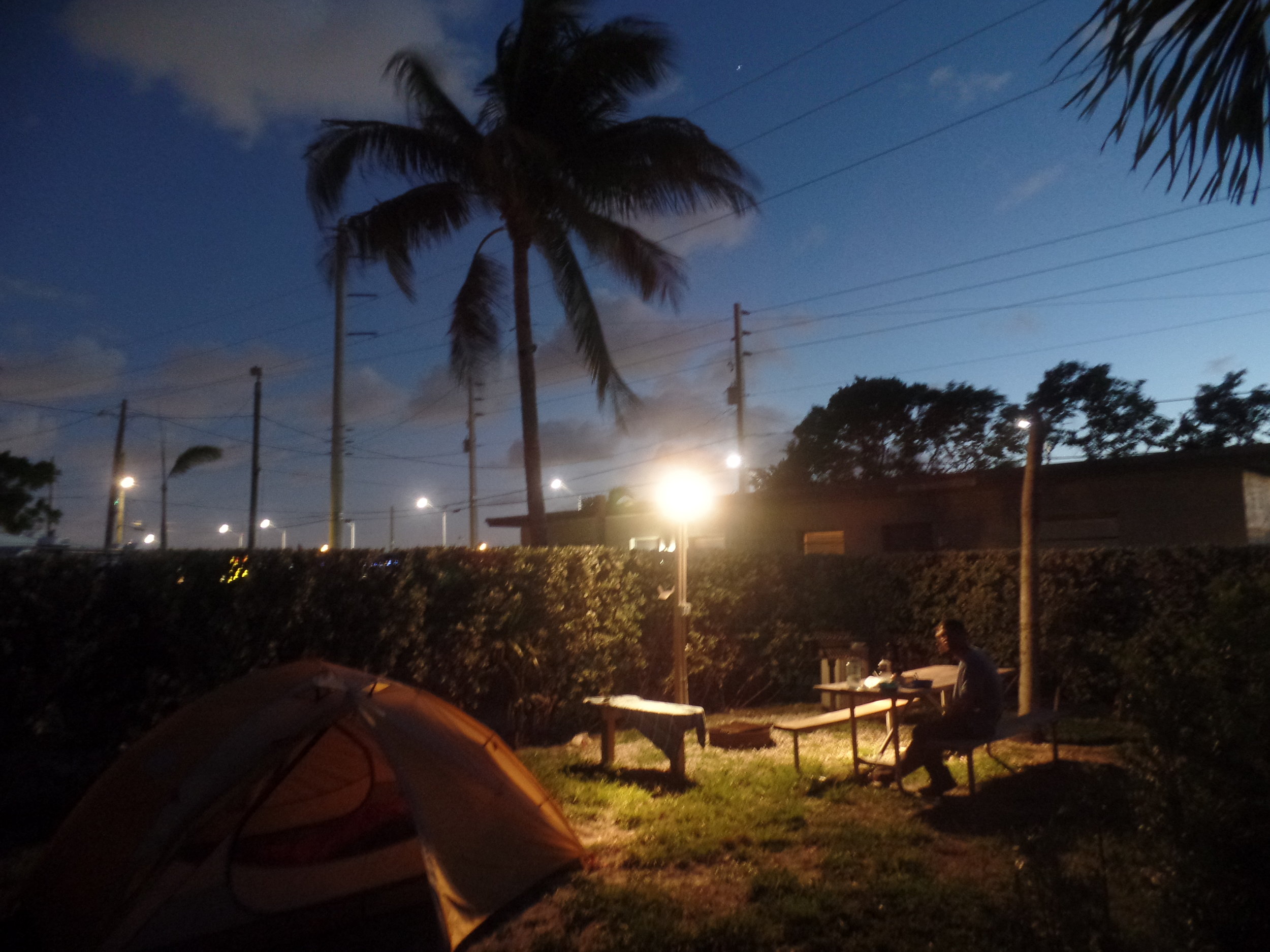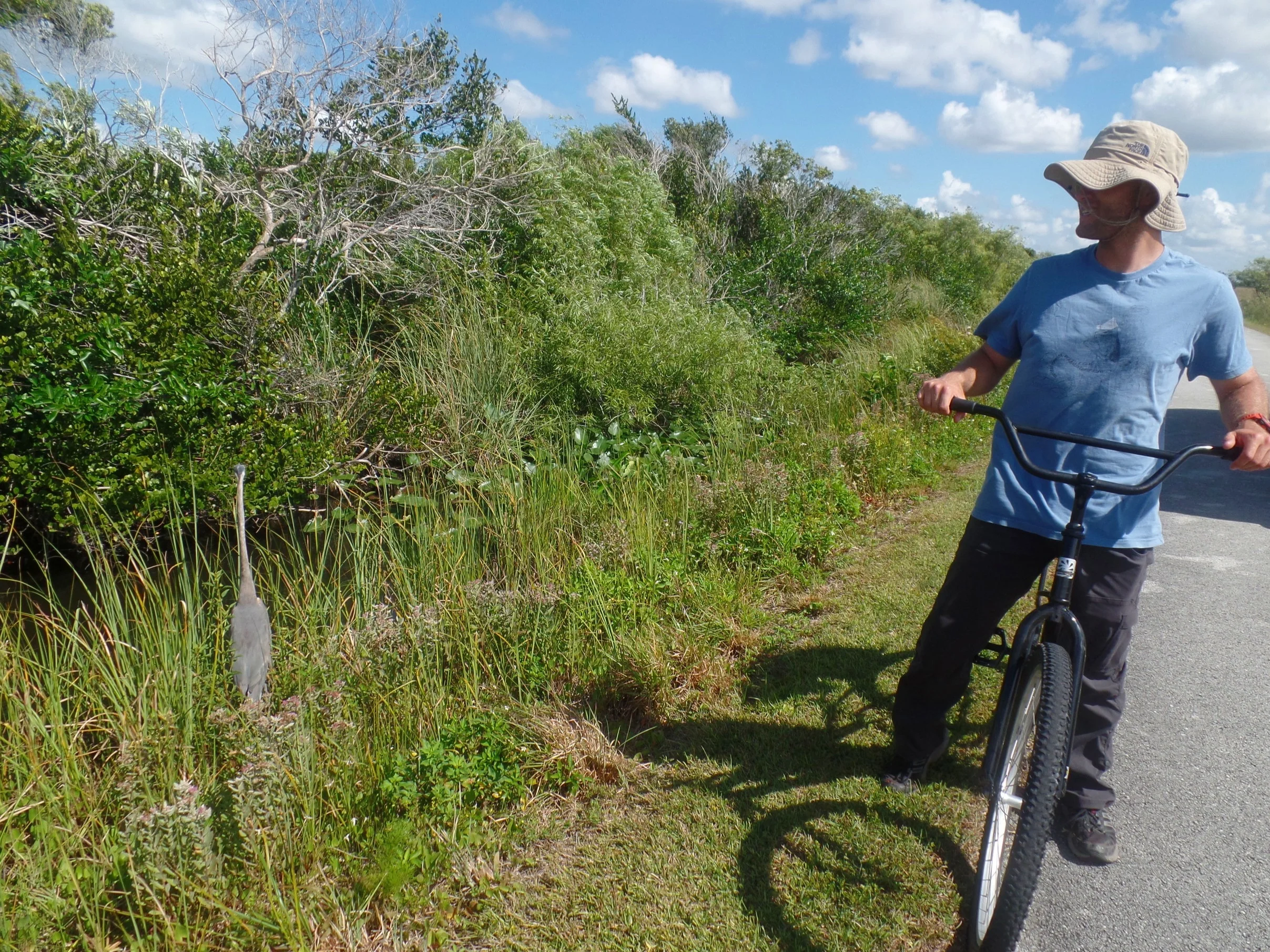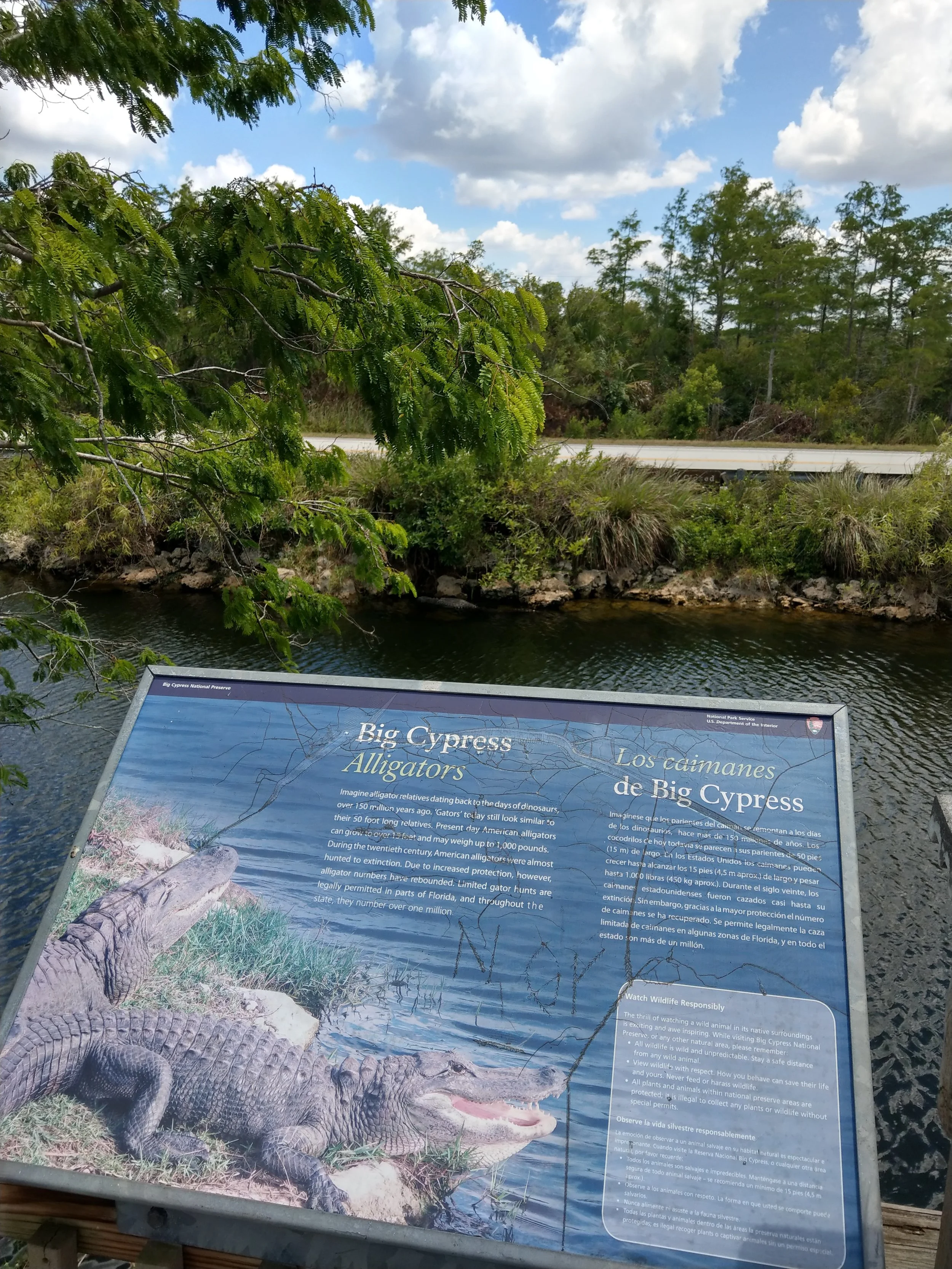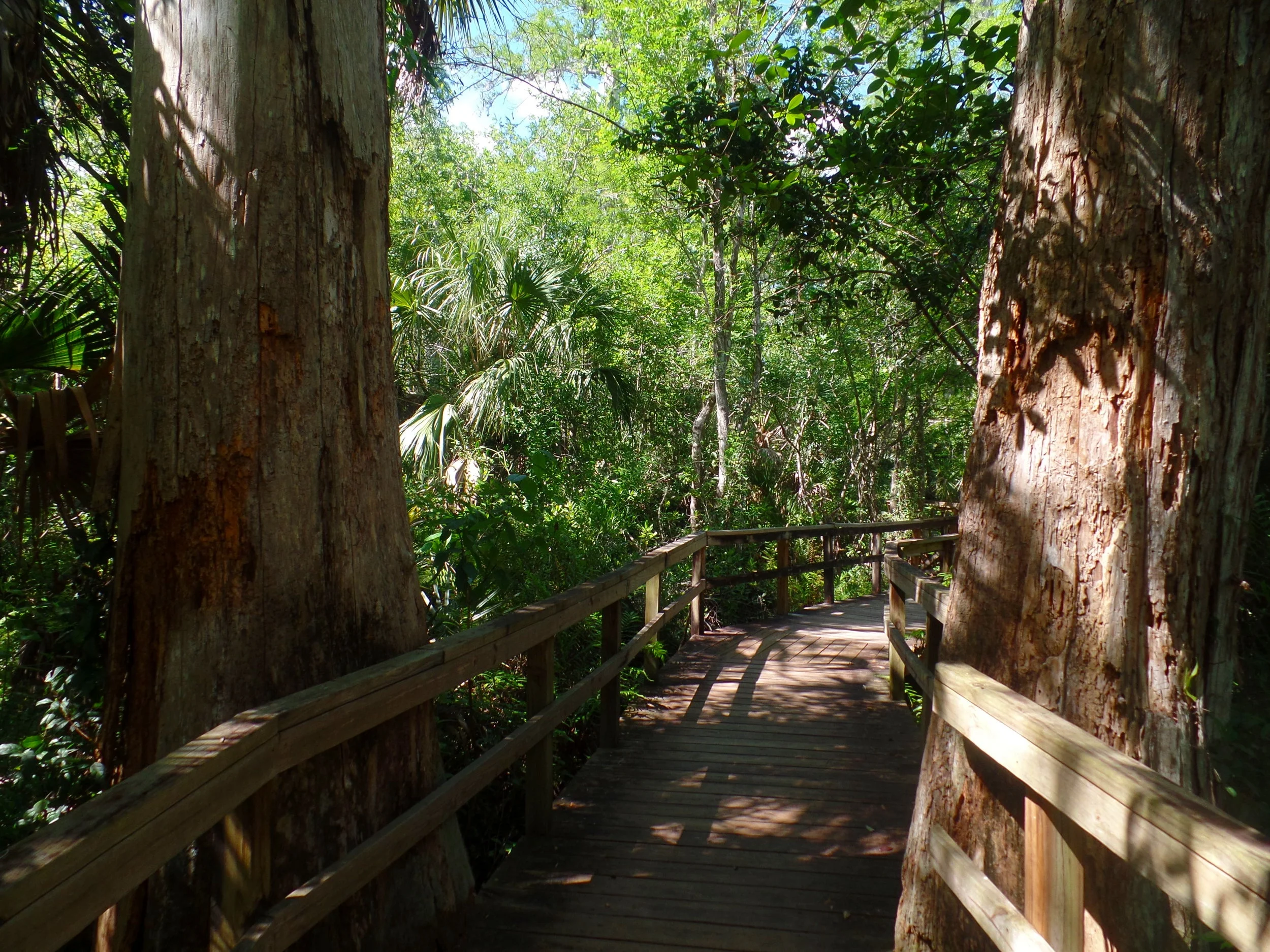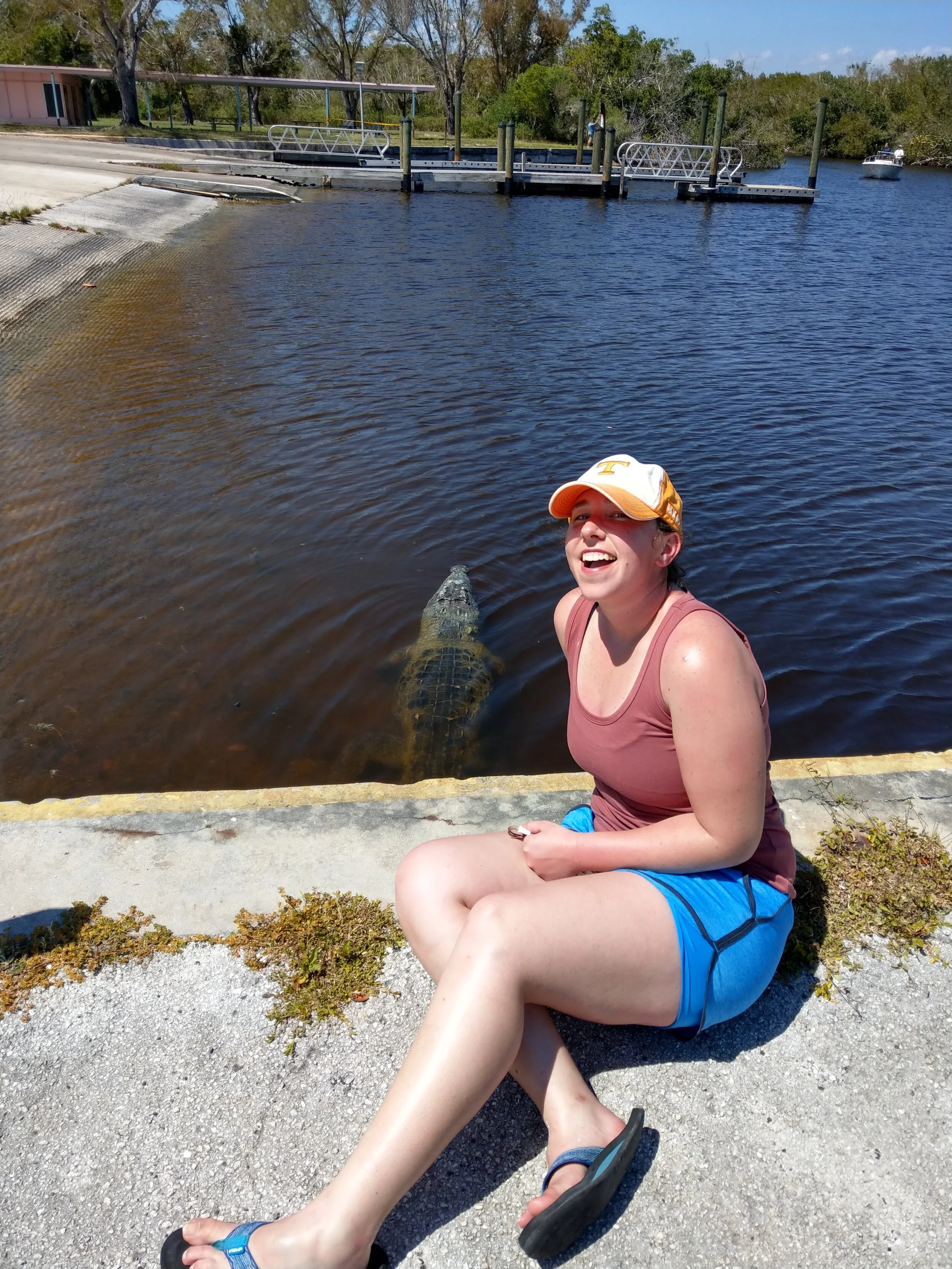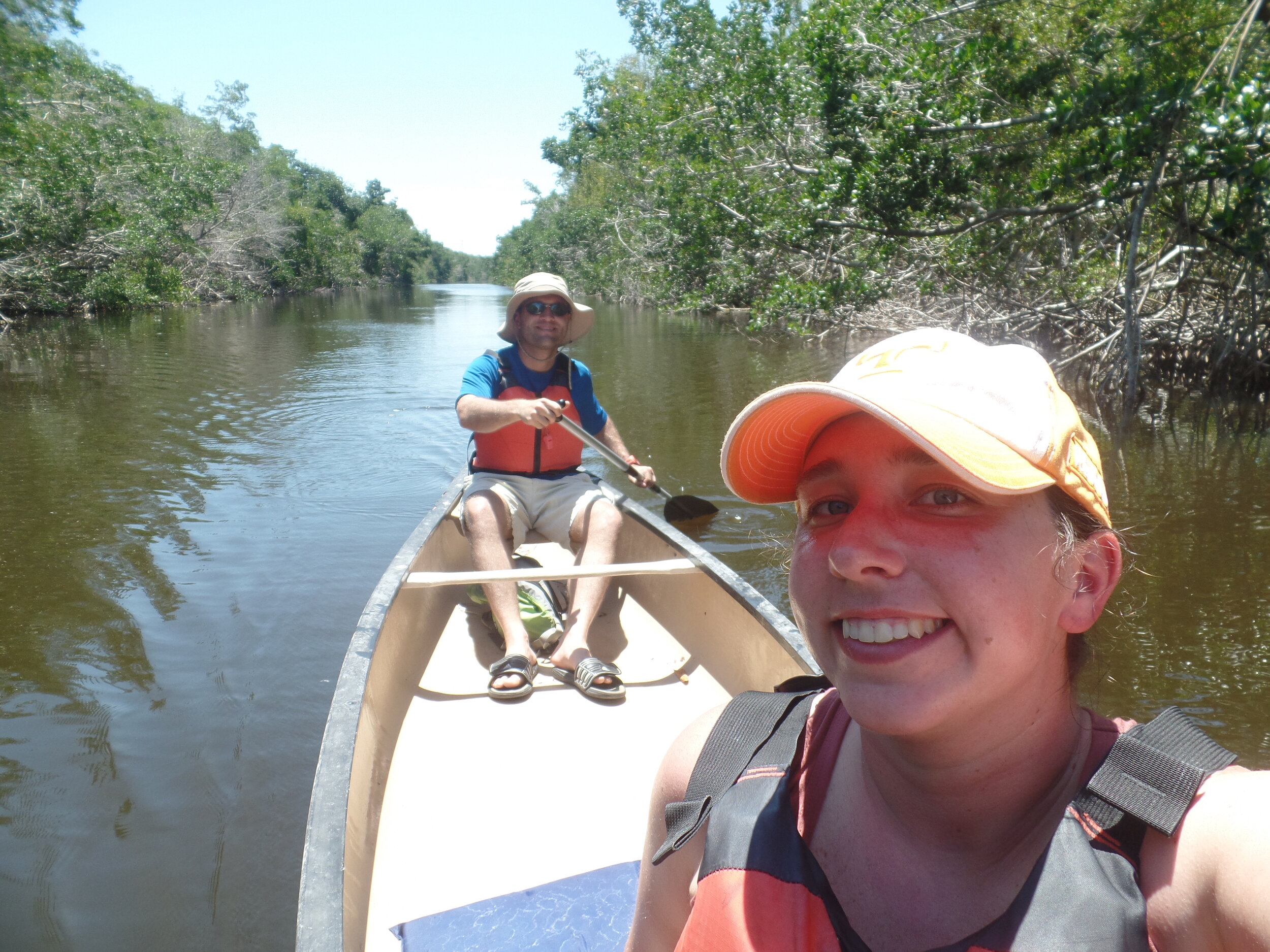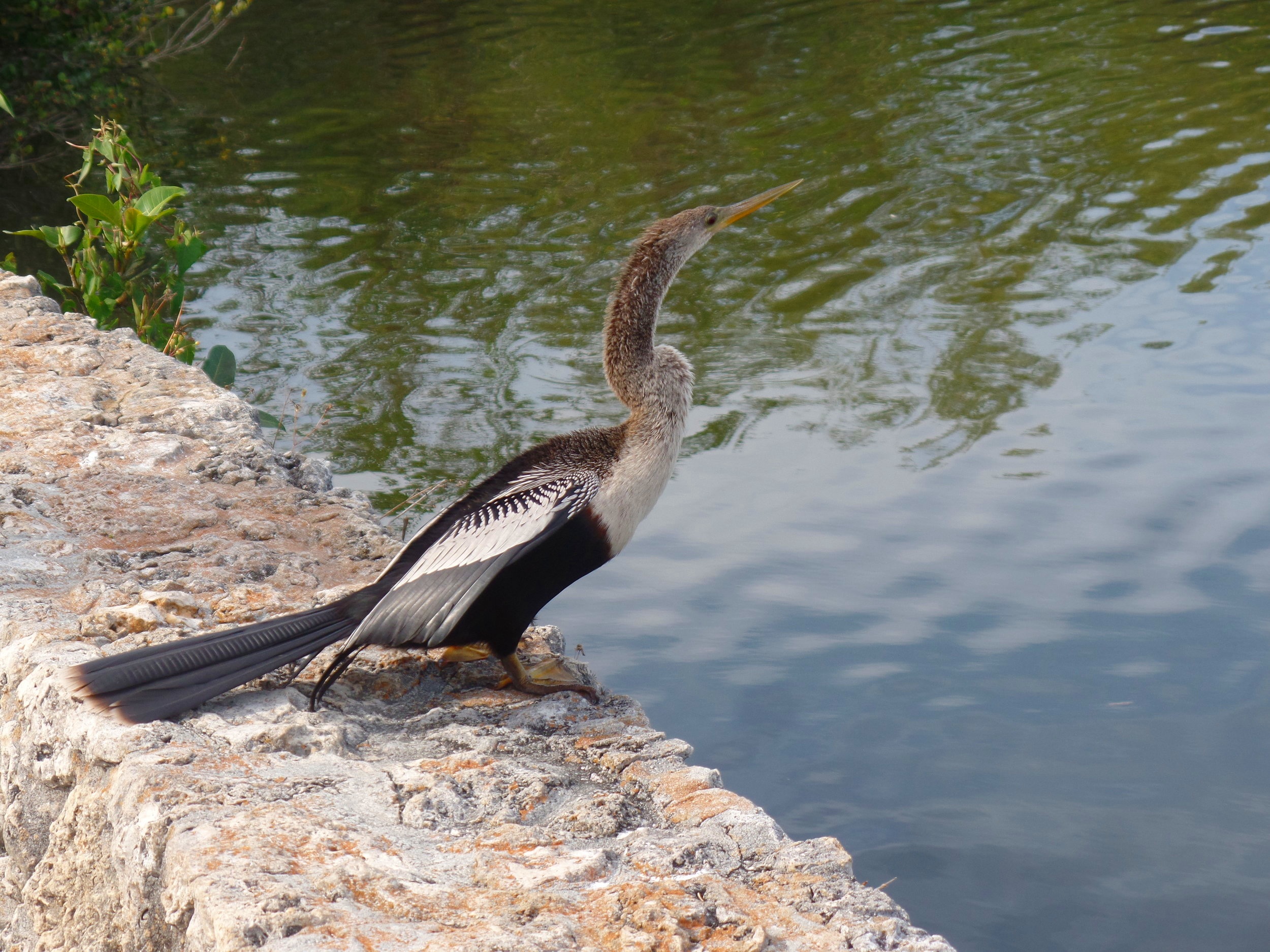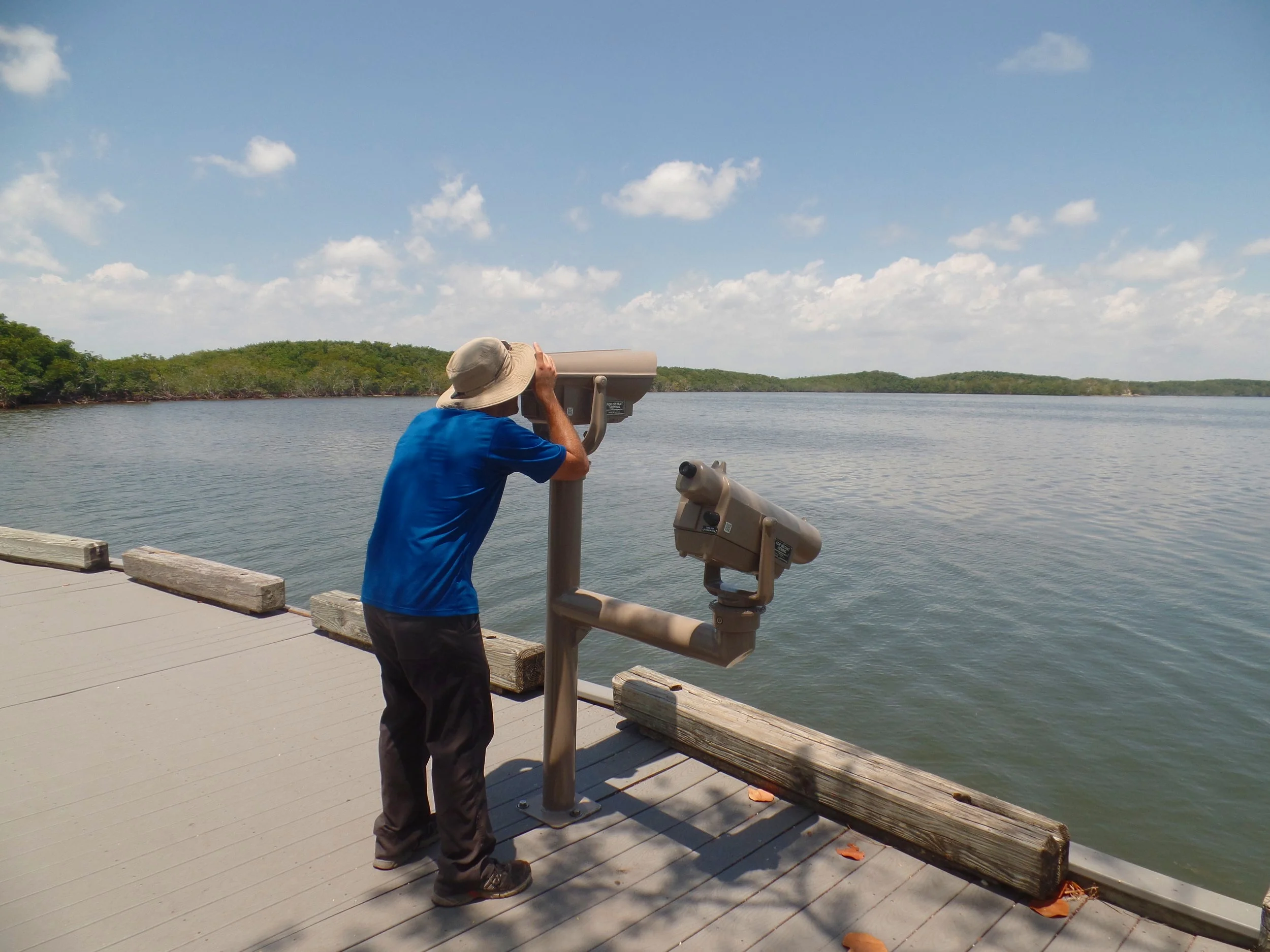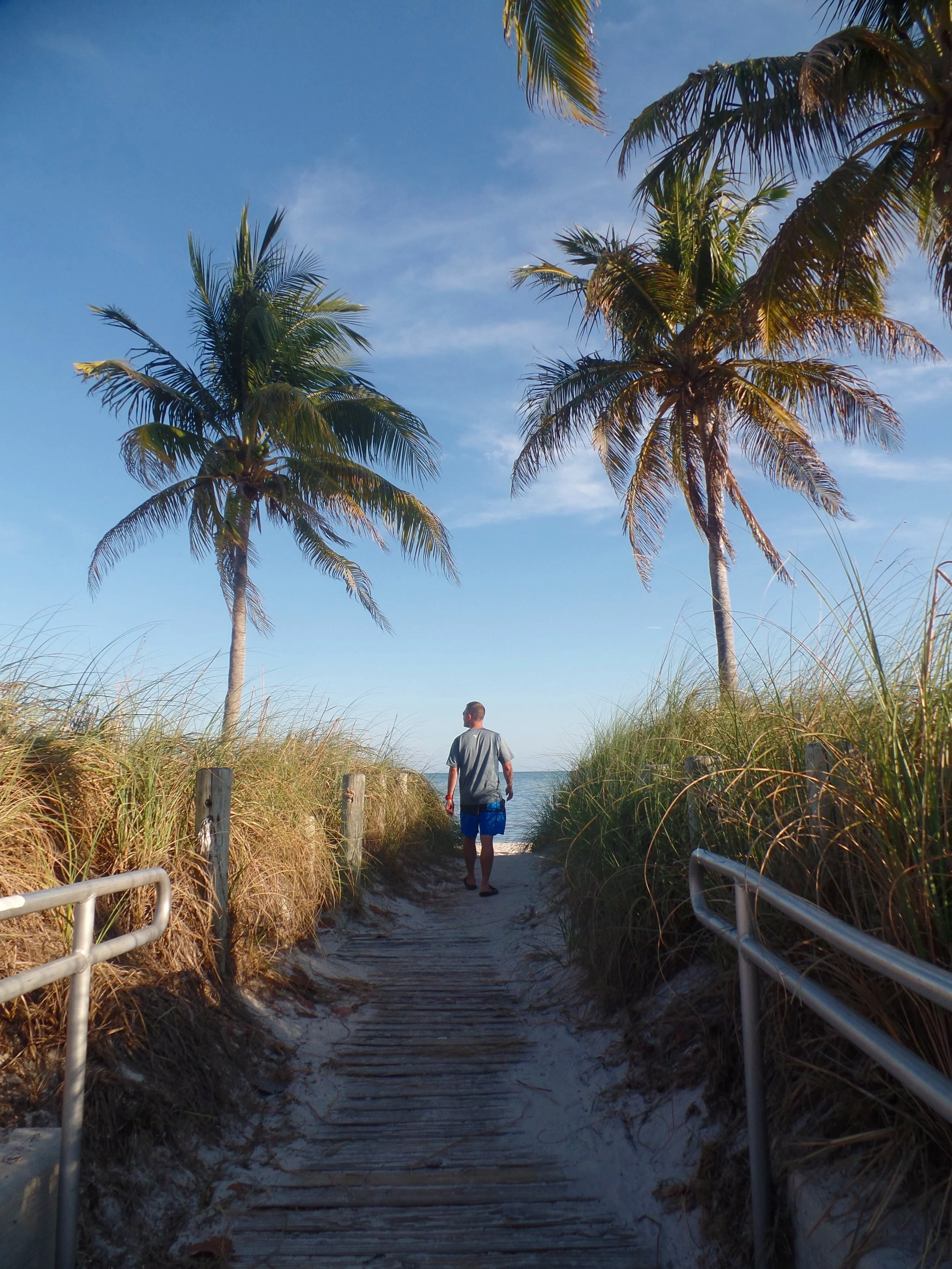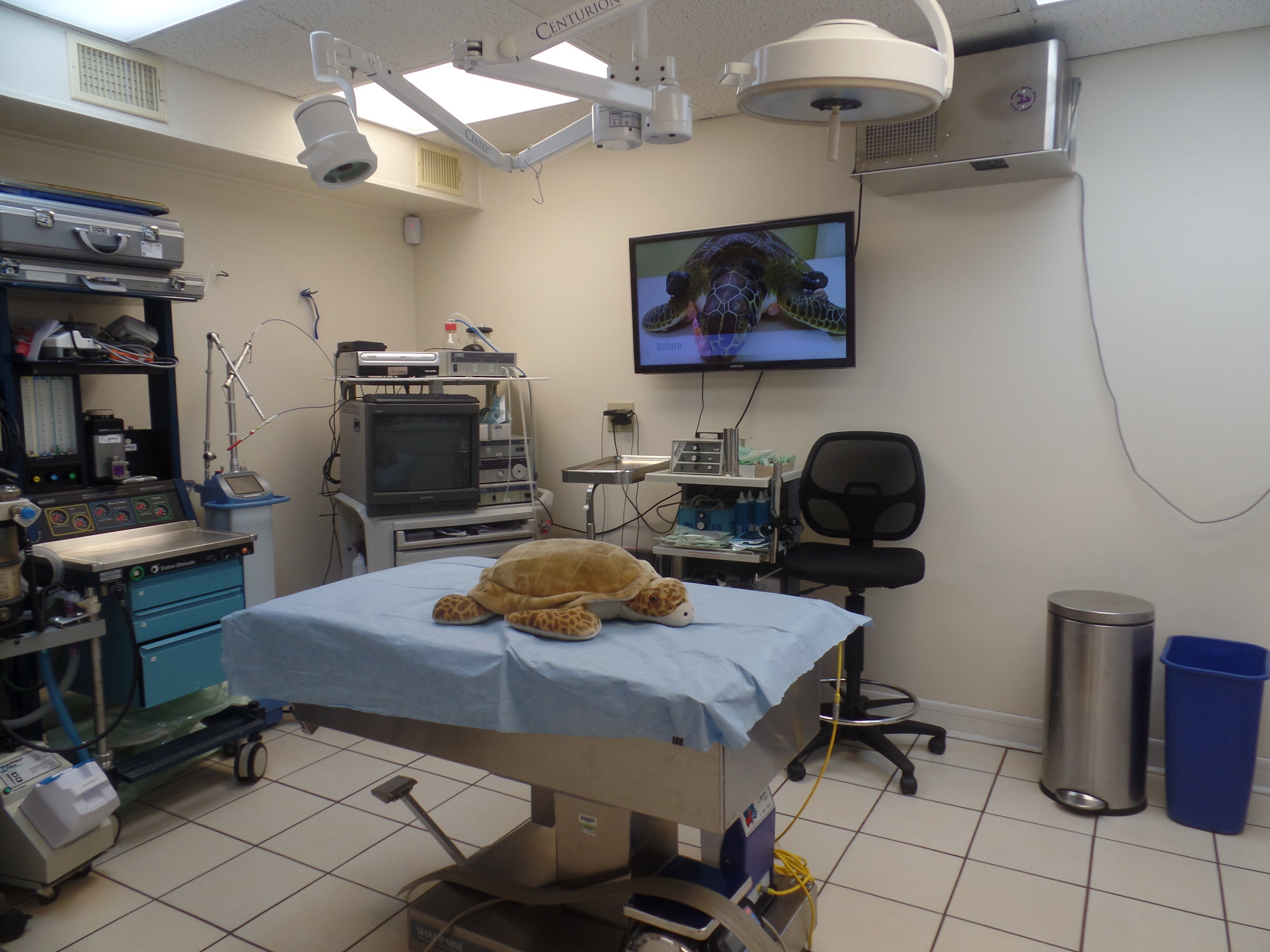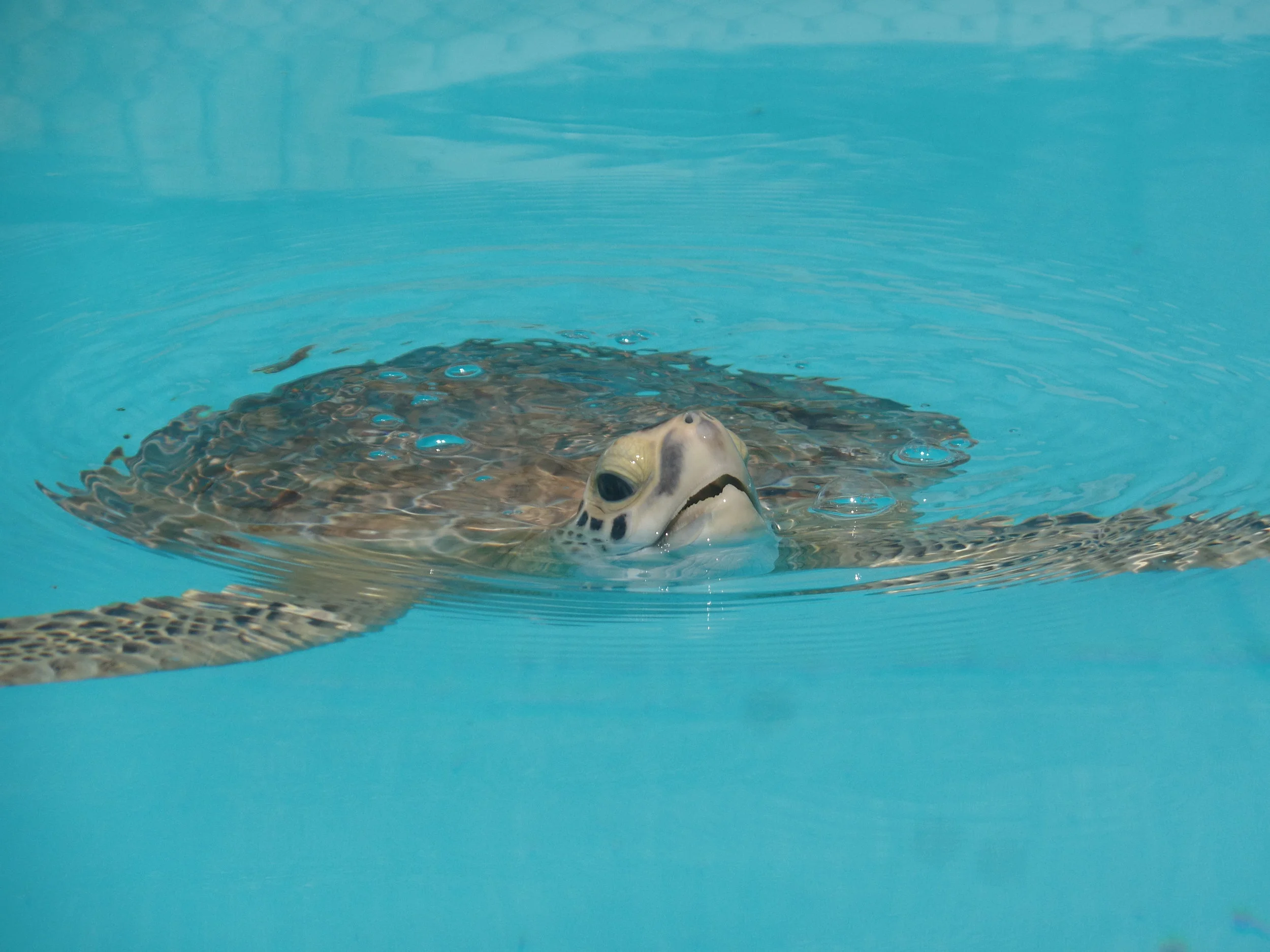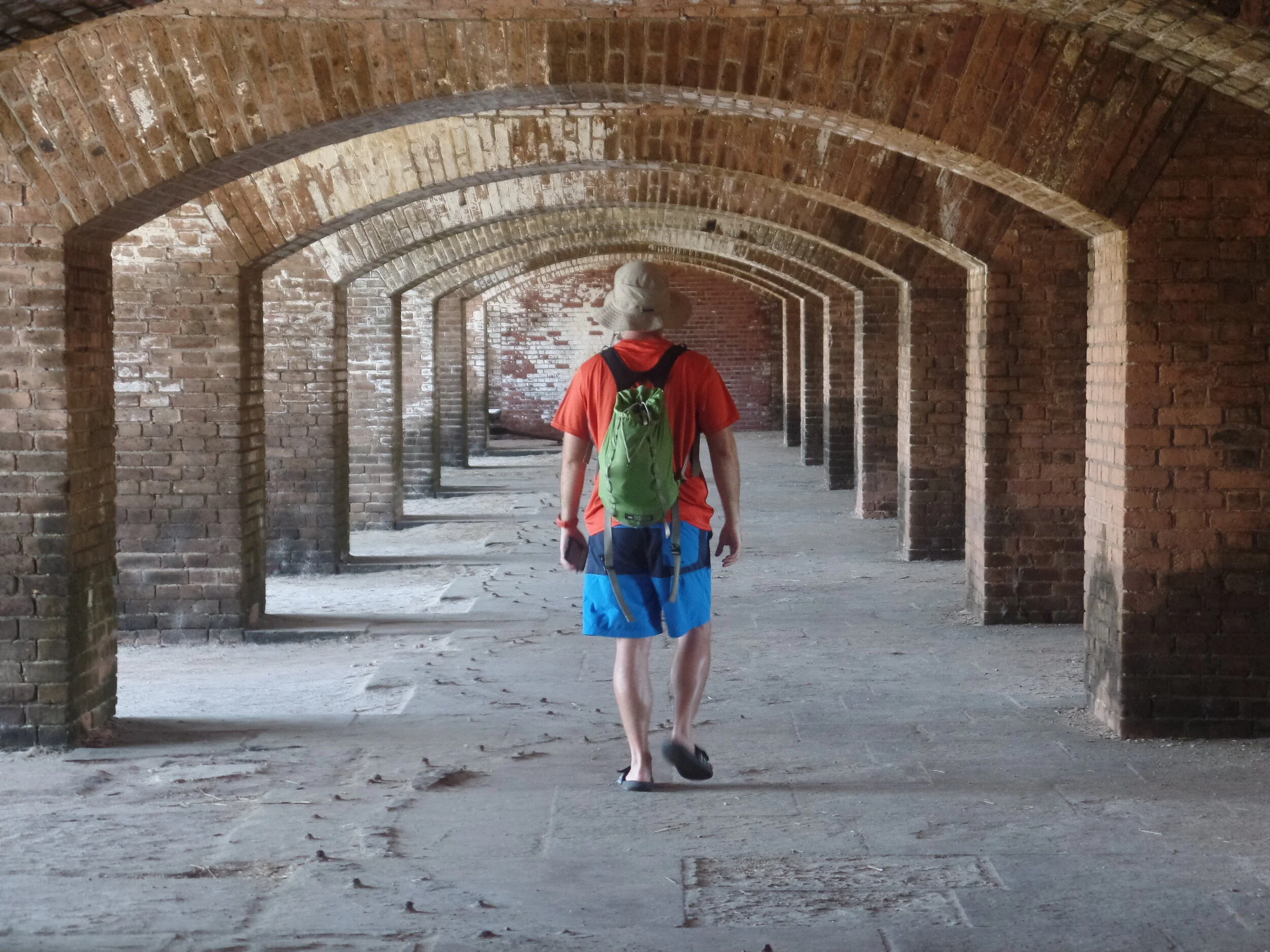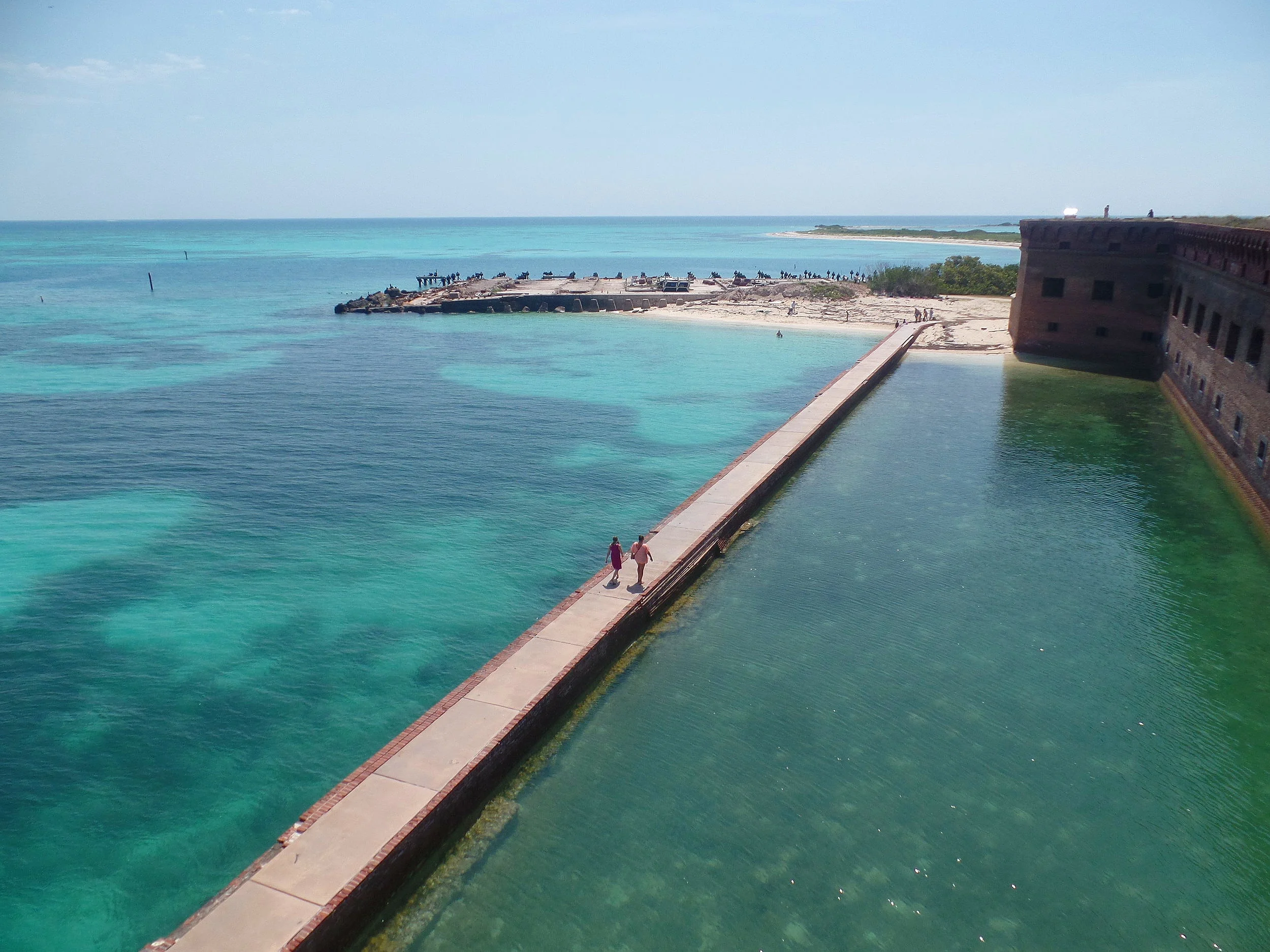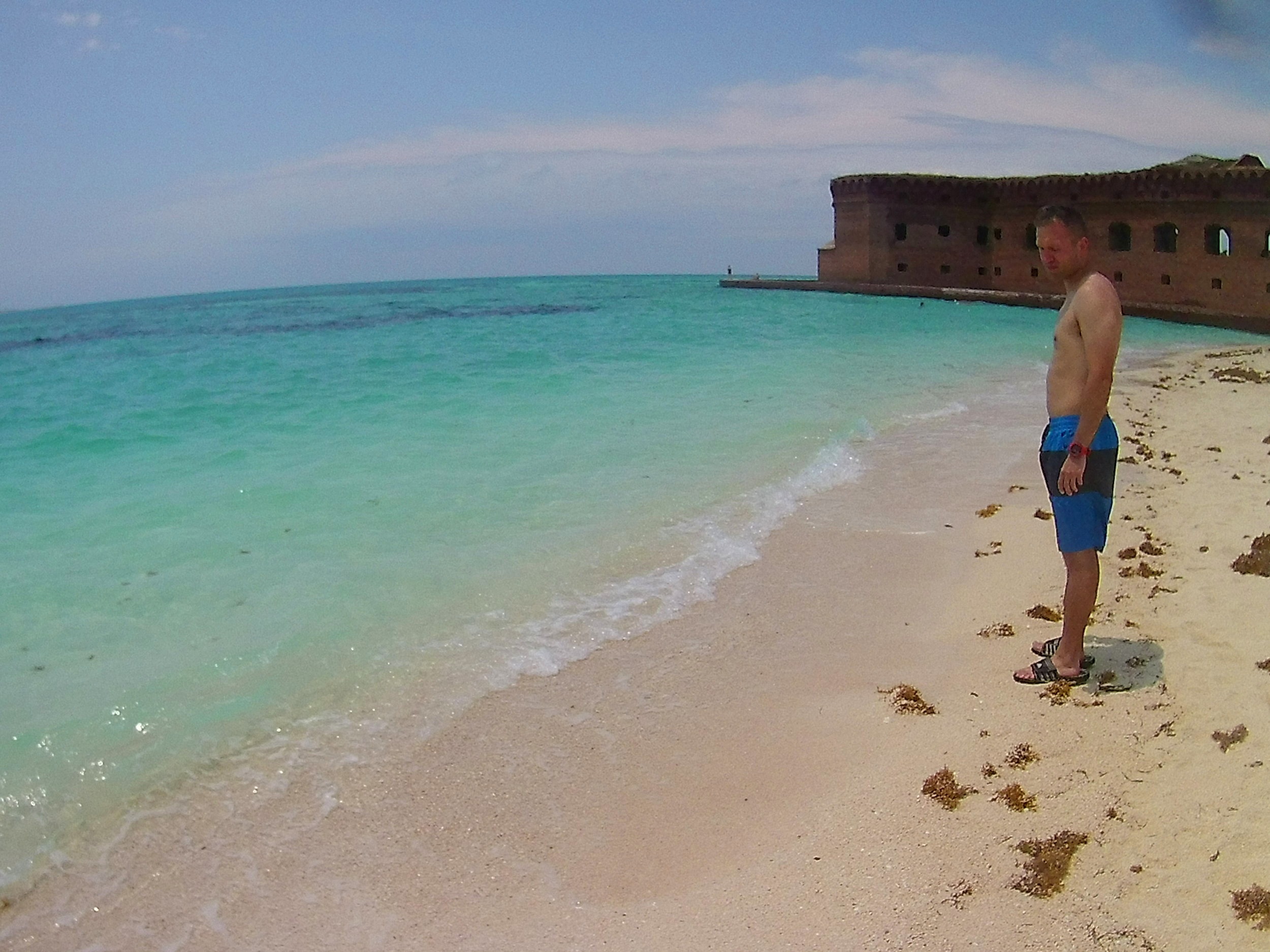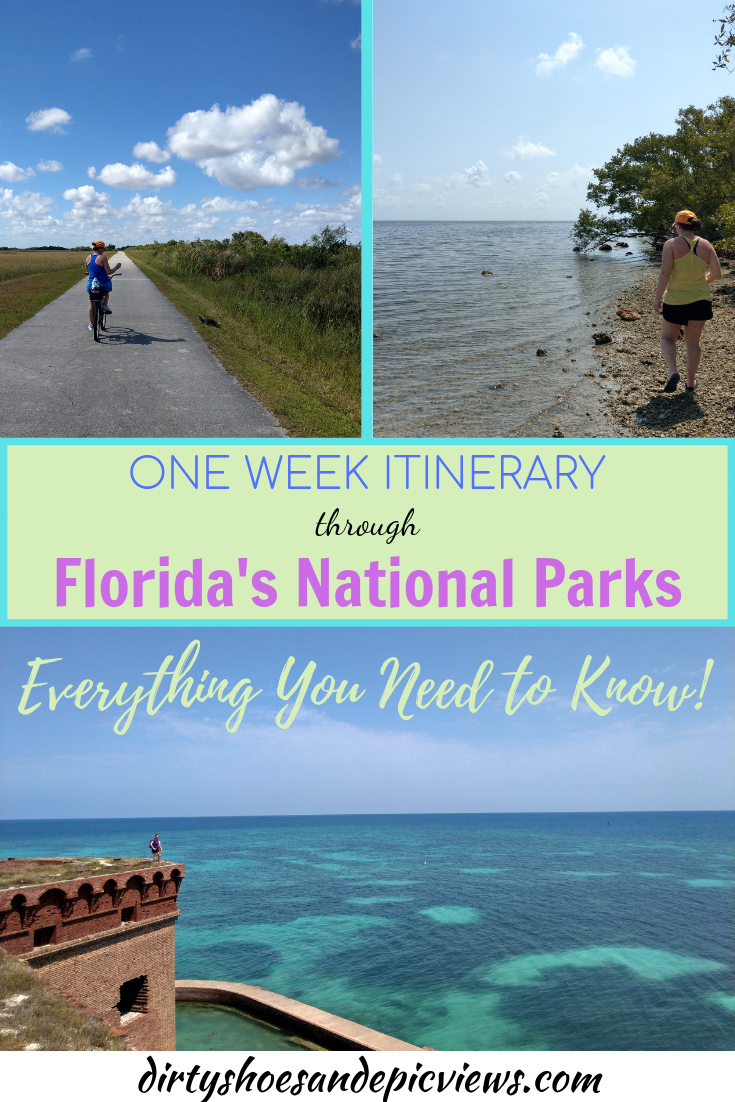The Ultimate Florida National Parks One Week Itinerary
Did you know it’s possible to visit all three Florida National Parks in one week, or even less? In this article, we’ll give you a one week Florida National Park itinerary to show you how you can hit all three – Everglades, Biscyane, and Dry Tortugas – plus some other fun spots along the way. We’ll walk you through all the best things to do in Florida’s National Parks, where to stay, and more so you can plan your perfect Florida road trip!
Oh, Florida…land of an unforgiving sun, unrelenting bugs, and unwavering heat. I was half-tempted to name this article “Florida: Bugs, Bites, and Burns”, but then I decided that might not be the most enticing title.
Have I scared you off yet? I hope not! Because it’s nothing a little (ok, a lot) of bug spray and sunscreen (and aloe!) can’t fix, and you wouldn’t want to miss out on Florida’s three National Parks, would you? Correct answer: no!
Florida’s three National Parks, Everglades, Biscayne, and Dry Tortugas National Parks, can all be found along the state’s Southern tip and are all close enough such that they can be easily done within a one week time frame, with room for flexibility and fun add-ons during the in-betweens.
Florida’s National Parks were a little bit different than what we were used to. If you know us, you know that we are hikers at heart, and usually seek out mountain views and summits (we don’t call ourselves Dirty Shoes and Epic Views for nothing!). In case you didn’t know, mountains do not exist in Florida. It’s a pretty flat state.
In fact, while driving through the Everglades we passed this sign which we thought was pretty funny, although I am not sure that was the original intent.
We climbed over a pass! Three feet! I’m surprised we didn’t feel that altitude!
While there are some opportunities to get on some longer trails, particularly in the Everglades, we instead traded in our hiking boots and strolled, biked, paddled, snorkeled and boated our way through Florida’s National Park system and had a blast!
As a bonus, out of all the parks we have been to thus far, these parks rank number one on our list for the most diverse and abundant wildlife we have ever seen! Who would have thought? In our first hour in the Everglades alone, we counted about a dozen gators...they are seriously everywhere.
During the month of April, we took a one week Florida National Park road trip and want to share how you can, too! In this article, we’ll give you an amazing one week Florida National Park itinerary, showing you exactly where to stay and all the best places to go and best things to do in Florida’s National Parks so that you can see all the highlights and some additional gems along the way!
Alright, let’s get to it!
Article Contents
Where are Florida’s National Parks
Best time to go to Florida’s National Parks
Camping in Florida’s National Parks
Tips for visiting Florida’s National Parks
Florida National Parks one week itinerary
Day one: Shark Valley in Everglades National Park
Day two: Royal Palm and Flamingo in Everglades National Park
Day three: One day in Biscayne National Park
Day four: One day in the Florida Keys
Day five: One day in Dry Tortugas National Park
Day six: Drive back to Fort Lauderdale or Miami
Florida National Parks itinerary with more time
Florida National Parks itinerary with less time
Other Florida National Park guides
Where Are Florida's National Parks?
Florida’s three National Parks are Everglades National Park, Biscayne National Park, and Dry Tortugas National Park. Conveniently, all three National Parks are fairly close to each other, all on the southern tip of Florida, making it fairly easy to visit all three on one epic Florida road trip.
Florida National Park Map
Location of the three Florida National Parks taken from Google Maps. The Everglades is quite large and has three separate entrances designated by the asterisks.
How To Get To Florida’s National Parks
If coming from out of state, the closest airports to the Everglades and Biscayne are Miami and Fort Lauderdale. Fort Lauderdale is slightly further away, but in our experience it was way cheaper, so that’s the one we went with.
There’s also an airport out on Key West which would put you right where you need to be to head out to Dry Tortugas National Park, but that will be pricey to fly into. And you’ll just have to drive back to the mainland to hit the other two parks anyway, so we recommend just flying into Fort Lauderdale or Miami.
Flying into Miami or Fort Lauderdale puts you 45 to 75 minutes from both Everglades and Biscayne. The distance between those two parks from each other is a mere 45 minutes…not bad!
The most complicated Florida National Park to get to is Dry Tortugas, as it is an island accessible only by boat or seaplane, but first, you have to get to Key West. Key West is about a three-and-a-half-hour drive from the Everglades. We think it’s a good idea to break up the drive and spend some time enjoying activities along the way on some of the keys while you’re out there. In this Florida National Park itinerary, we’ll be sure to include some suggestions!
Best Time to Go to Florida's National Parks
Florida is considered a subtropical climate and has two primary seasons…wet and dry. The best time to go to the Florida National Parks really depends on what you’re looking to do!
Reasons to visit during Florida’s dry season
Florida’s dry season falls from November to April. This time of year is an ideal time to travel to Florida because:
Temperatures and humidity are a bit more tolerable than in the summer months
The bugs (primarily mosquitos) are less prominent
Weather is pretty stable without a constant threat of afternoon rain and thunderstorms
However, all these pros means the dry season is the busiest, so expect some crowds and to have to make reservations for accommodations and tours.
Florida’s wet season
Florida’s wet season is from April to October, and it’s basically the opposite of everything I just said above… it gets hot and very humid (up to 90% humidity!!), afternoon storms can be a daily occurrence, and mosquitos can be vicious. On the flip side, you might experience way less people.
Let’s get into some other factors you might want to consider while deciding when you should visit the Florida National Parks.
Things to consider about when to visit the Everglades
Wildlife viewing is said to be best during the dry season. Animals, such as alligators, flock towards any remaining waterholes and are easy to spot! In the wet season, as the water levels rise, the animals begin to disperse.
Camping becomes limited in the wet season as many campgrounds close.
Ranger led programs, guided tours, and some visitor centers may have limited or nor services during the wet season depending on staff availability and conditions.
Paddling in the Everglades is particularly season-dependent. The water levels typically follow the previous season – basically, the levels are high in the dry season from the previous wet season’s rain, but low in the wet season as a consequence of the previous dry season’s lack of it. In as early as March, canoe trails’ water levels may be too low for paddling.
Things to consider about when to visit Biscayne
The best time to go to Biscayne is dependent on what you plan on doing, but for similar reasons noted above (namely heat, storms, and bugs), the winter season is ideal for exploring Biscayne by land and boat tour. However, the summer months bring warmer and calmer water which is best for underwater exploration, such as snorkeling and scuba diving.
Things to consider about when to visit Dry Tortugas
The best time to go to Dry Tortugas is a little tricky and depends on what you’re aiming to do. Each time of year has its pros and cons.
The winter months of December to March are windy, which can lead to choppy waters that won’t make for good snorkeling, and may even make seas rough enough to warrant cancelling a ferry ride there. So, planning a trip in the winter months is a bit risky. However, the temperatures are cooler and the crowds are thinner.
The summer months, namely June to November, brings warm weather and water that’s warm, calm, and clear for good snorkeling conditions (and trust us, you’ll want to snorkel in Dry Tortugas!). However, there’s higher chances of isolated storms and rain and you have to account for hurricane season towards the later summer months that could interfere with your trip.
Overall, the spring season seems to be the best time to go to the Dry Tortugas. It’s a good sweet spot between the choppy winter waters and the stormy humid summer months. Also, if you are into birds, the peak migration season is in the spring (April to mid May). When we went in April, the weather and water were definitely warm enough to enjoy snorkeling. The water was a bit choppy (we were told two foot swells on the ferry ride out), but were still able to snorkel just fine and see a ton of underwater life!
Final verdict on the best time to visit Florida’s National Parks
We did our Florida National Park road trip in April, and overall, we think this was an ideal time to go! We thought we were able to get the best of each of the parks.
In the Everglades, it was a transition period between the dry and wet seasons, which may have been a gamble, but it ended up being great. We didn’t experience any crowds…in fact, we were often one of two cars in a trailhead parking lot. Even the busiest trails, such as the Anhinga Trail, were pretty crowd free, and the campgrounds were basically empty. The bugs weren’t too much of an issue, there was still a lot of wildlife that we could easily spot, we could still paddle, but it was brutally hot already at this point in the year. The only downside for us was that we missed some of the really cool ranger programs that are offered during the peak dry season.
As for the other parks, we were able to have a peaceful day in Biscayne without the crowds and before the crazy heat and bugs of the summer months, and we were able to comfortably snorkel in the Dry Tortugas.
Camping in Florida's National Parks
We camped our way through Florida’s National Parks (and just a heads up, camping is the only form of accommodation inside each of these parks! But you’re never too far away from a town or city with other types of accommodations.)
In this Florida National Park itinerary, we have you setting up camp in up to four different places that are conveniently located near all the highlights that you’ll be hitting on your Florida road trip. So let’s talk a little bit more about camping in each of the Florida National Parks.
Camping in Everglades National Park
During our Florida National Park road trip, we used the Everglades as our primary home base out of convenience. If you follow this itinerary, you’ll be spending your first three nights here as well!
Everglades National Park has two campgrounds both located along Main Park Road that begins at the Homestead entrance.
Long Pine Key Campground
Location: In the Royal Palm section of the park, just a few miles past the Homestead entrance.
Cost: $25 per site per night/limited RV sites available (call for price)
Reservations: None! This is first come first served only
Open year round? Nope! This campground I only open in the dry season, usually closing around April 30th, so make sure you check dates for any given year.
About the campground: We stayed here for a few nights and really loved the campground. At the end of April, it was practically empty, although we can imagine in the peak of dry season you would have to get there pretty early to guarantee a spot. It has a great location right next to one of the best places in the Everglades for spotting wildlife (including tons of gators!), and it has nice free showers.
Flamingo Campground
Location: In Flamingo, at the end of Main Park Road about 38 miles from the Homestead entrance.
Cost: $25 per tent site/$45 per RV site with electricity
Reservations: Yes, you can reserve these sites for the dry season here.
Open year round: Yes!
We didn’t stay at this campground, but it’s located right on the Florida Bay, providing nice views, but can get pretty buggy.
Camping near the Everglades
Just outside Everglades National Park are a handful of other national preserves and state parks that border and meld into the Everglades, and each of these have their own campgrounds.
In this Florida National Park itinerary, you’ll be visiting some of these areas, and it will be super convenient to spend a night or two in one of these campgrounds.
One of these parks near the Everglades is called Big Cypress National Preserve. It has quite a few campgrounds, but many close for the wet season. So depending on when you visit, you may have limited options.
We stayed at Midway Campground because it was one of the few that stays open year round. We really liked it. There are spots for both RVs and tents, and can get very popular in the dry season, but when we were there in April, we had it practically to ourselves.
As its name suggests, it lies about midway between the two sides of Everglades National Park, and serves as a convenient stopping point to explore some of the surrounding preserves.
Camping in the Florida Keys
You’ll be making your all the way down the Florida Keys in this Florida National Park itinerary so that you can get to the most remote National Park on this list, the Dry Tortugas, which is accessed out of Key West. Instead of having a huge day of driving, it will be convenient to grab a campsite for two nights out on the keys to have a convenient place to stay the night before and the night after your Dry Tortugas day trip.
There are a surprising number of options for camping in the Florida Keys. The catch is that they are pretty pricey. There are a variety of state parks along the keys that have tent camping and are on the cheaper end of the spectrum (think about 35$ a site). However, reservations have to be made well in advance to score a spot in any of these, especially in the busy tourist season. We tried finding reservations about three months in advance and couldn’t find any availability for the entire week in April that we would be in Florida. We attribute some of this to the fact that the keys were still recovering from Hurricane Irma that happened just a few years prior. Some beaches and campgrounds are still closed for repair, making other places absorb more of the crowds.
Our cute little camp site in Leo’s Campground in Key West
There are other options, though. There are a lot of RV parks along the keys and some of them offer limited tent sites. These are expensive though, and generally, the closer you get to Key West, the more expensive they will be. However, we were able to book just a week out with no issues. We decided to “splurge” and camp for one night right in Key West, to make it 100 times more convenient to visit the Dry Tortugas the next morning. We paid $70 for a tent site…crazy! But, still almost half the price of the cheapest hostel for two people for a night.
We stayed at Leo’s Campground, and we did really like it! We had our own cute little site by a little mangrove creek. There were hot showers, tiki huts, a little pond, and two resident iguanas! They are often seen hanging out by the pond, along the grass or up in the trees. They even have little food bowls with a bell to ring. How cute is that!
Camping in Fort Lauderdale
On the last day of your Florida National Park road trip, it will probably be most convenient to stay somewhere near the airport if you have an early morning flight.
We stayed at was in a KOA in Hollywood near Fort Lauderdale for this very reason. The KOA only had two spots for tents, but they were so cute! The site had its only picnic table, fire pit, water spout and lamp post, and we got take warm showers before heading home. I’d say it was worth the tiny splurge.
Tips for Visiting Florida's National Parks
Bring sunscreen and a hat. The Florida sun and heat are no joke.
Bring bug spray…you’ll be thankful you did, especially if you’re camping.
Plan for Florida tolls. They can get expensive. We were on toll roads for two days and ended up spending $14 in tolls! It gets expensive because if you don’t have the EZ pass associated with them, the fee is extra. It’s likely that if you rent a car, you simply drive through the tolls and the rental company will bill you the total after you return the car.
Plan for Florida traffic. In and around the cities are very congested and stressful if you aren’t used to such high volume roads. Also, there is only one road in to and out of the keys…Rt. 1, so plan for slow going on your way in.
Keep cash on you. Any guided activities you do will probably require giving tips at the end. Also, some campgrounds (like Midway Campground) are cash only if you’re paying for a first come first served site.
Bring layers. Florida nights may get cool, especially in the dry season. Also, if you’re planning on doing any guided ranger walks in the Everglades, some require long pants and shirts for safety.
Sneakers and water sandals/shoes. Sneakers are great for walking on the trails and keeping your feet and toes protected, but water shoes would be good for walking around Dry Tortugas and the beaches on the keys.
Snorkel gear. This is optional but bring your own if you don’t like using rentals.
Florida National Parks One Week Itinerary
One of the things I loved about road tripping Florida’s National Parks is that we probably did a more diverse set of activities than we’ve ever done in a single place! There’s a little something for every outdoor enthusiast…biking, canoeing, snorkeling, hiking…you name it! And you’re going to be doing all of it in this Florida National Park itinerary!
Day one: Shark Valley in Everglades National Park
Driving time/distance: 2.5 hours/140 miles
Day at a glance: Bike through the “Sea of Grass” hunting for alligators, and then check out a forest of Cypress Trees.
Today, you’ll be driving from the airport to your first stop…Shark Valley in Everglades National Park. Here, you’ll get started on the adventure right from day 1.
This Florida itinerary assumes you flew into Fort Lauderdale on a morning flight. If coming from Miami, this cuts the driving time above down by about a half hour.
Shark Valley
From the airport, you’ll drive straight to the Shark Valley visitor center of Everglades National Park located off of US-41.
Shark Valley is one of the best places in the Everglades to see wildlife, especially alligators, but also birds and turtles, making this an awesome way to start off your Florida National Park road trip.
The main focus of Shark Valley is the Shark Valley Tram Road, a 15 mile paved and flat loop that cuts through a huge sawgrass prairie and is a great place for spotting all that wildlife. About half way along the loop is an observation tower that gives awesome views over the Everglades.
You have a couple different options for exploring the Shark Valley Tram Road:
You can walk it…but keep in mind it is 15 miles. But you can walk however far you want before turning around and you’re guaranteed to see some wildlife!
You can take the tram. Make a reservation for a tram tour, which is a two hour tour of the loop, making a stop at the observation tower.
Bike it! This is our recommendation, and we loved it. Biking the Shark Valley Tram Road lets you go at your own pace and stop to observe wildlife whenever you’d like. Plus, it’s just a fun and unique way to experience the park. Because the loop is paved and flat, it’s an easy bike ride.
You can bring your own bike or rent them at the park. Check out our Everglades National Park guide to learn more about this experience!
Set up camp
After exploring Shark Valley, head further west on US-41 until you hit Midway campground. Set up camp and continue on!
Big Cypress National Preserve
A few miles west from the campground is Big Cypress National Preserve.
This is a fresh water swamp habitat located just adjacent to Everglades National Park that is home to a diversity of plants and animals, including its namesake, the Big Cypress tree, that helps support the neighboring Everglades, and is worth a stop on your Florida National Parks itinerary.
This stop could be as short or as long as you’d like. Unfortunately for us, ours was short, but there are some really cool things to do in Big Cypress that we wish we could have done if we had come at the right time of year.
We basically just stopped at the Oasis Visitor Center to learn a little bit about the preserve and spot some gators, which were plentiful from the boardwalk along the creek that flows alongside the road. There are also a handful of short interpretive trails and two scenic drives that take you slowly through cypress forests and open prairies.
Two activities that look like a really good way to spend an afternoon are canoeing and a ranger-guided swamp walk!
Big Cypress has a handful of paddling trails ranging from short to long, but may not be passable depending on the season. It can also be tricky if you don’t have your canoe and means of transporting it, as this will require some logistics with renting one from a nearby concessioner and getting it transported to the launch site.
Big Cypress also offers ranger guided tours and walks, one of which is a swamp walk where you walk through potentially knee deep water through a Cypress Tree swamp as a ranger points out unique flora and fauna. Sounds so cool! You have to hit these at the right time of year as well, as they often stop running in the wet season. When we were there in April, these programs weren’t running. Bummer!
Check out more things to do in Big Cypress here.
Fakahatchee Strand State Park
This state park near the Everglades is just about 10 miles west of the Big Cypress Visitor Center along US-41 and is Florida’s largest state park. This park protects a small area of swamp forest and holds a unique collection of vegetation. Because of the emphasis on conservation, there are limited activities, but you can find some longer trails if you’re looking to hike, and you can also paddle along the East River trail (this is considered an intermediate paddling trail as there are no trail markers).
But if you’re looking for a way to experience the park in a quick and easy way, then the Big Cypress Bend Boardwalk trail is a great way to do it! This is definitely a popular thing to do near the Everglades.
This trail is about 1.2 miles roundtrip along a flat easy boardwalk, but it takes you through a swamp habitat filled with interesting flora and fauna, such as Cypress Tress, snakes, birds, gators, lizards, owls, and more. The trail ends at a viewing platform over a small pond that gives you good wildlife viewing. We had this area all to ourselves, and we just listened and watched in silence and were able to spot all kinds of things around us!
Florida Panther National Wildlife Refuge
Another nearby conversation area is the Panther Refuge. Despite its name, chances are you still won’t see a Florida panther here. The panthers are super endangered, with their numbers only in the hundreds, and they are very elusive. If you spot one, consider yourself extremely lucky. Most of this preserve is actually closed to the public, but there are two short trails open for you to try to test your luck, but also see some of the other wildlife that calls the refuge home, such as black bears, foxes, deer, and, of course, the alligator.
After you’ve had your fill of searching for wildlife for the day, head back to Midway Campground for the night.
Day two: Royal Palm and Flamingo in Everglades National Park
Driving time/distance: 2 hours and 45 minutes / 137 miles
Day at a glance: Take a canoe trip in search of crocodiles! Then spend your afternoon walking along interpretive trails in search of more cool wildlife.
Today on your Florida road trip you’ll be headed to Royal Palm, another amazing place to view wildlife in the Everglades.
To start your day, pack up camp and head to the Everglades National Park entrance located in Homestead, just over an hour from camp. This park entrance will lead you both to the Royal Palm and Flamingo regions of the Everglades on Main Park Road.
Not too far past the entrance will be Long Pine Key Campground, your home base for the next two nights. Stop here to set up camp briefly and then head back out!
Take a canoe trip in Flamingo
First up on today’s agenda: canoeing! You’ll head straight to Flamingo, which is located at the end of Main Park Road, about 38 miles down from the entrance. You’ll pass by all the fun things to do in Royal Palm, but don’t worry, we’ll hit those up on the way back later this afternoon.
Flamingo is located right on the edge of Florida Bay. This salt water habitat brings with it a new set of wildlife for you to search for…namely crocodiles and manatees! They can often be spotted in the marina and along the start of the Buttonwood Canal located here.
If after seeing a giant crocodile lurking in the water and you think to yourself, hey, I’d love to get into that water, then you’re in luck! There is a park concessioner located in Flamingo (Flamingo Adventures – located right near the marina) that rents out canoes and kayaks so you can venture off into the crocodile-infested waters. Sounds safe, right!? I’m so glad we didn’t see any crocodiles until after we had come back from our canoe trip because if I had seen one up close before hand, I probably would have chickened out! But in all seriousness, canoeing is an awesome way to experience the Everglades.
The concessioner rents out canoes and kayaks for 2, 4, and 8 hour options. There are a variety of canoe trails in the Everglades that you can choose from depending on what you’re looking for and your experience level. They range from beginner trails to advanced, and travel through dense mangroves, down open canals, or out into the Florida Bay.
Some things to note about paddling and canoeing in the Everglades – make sure you know your skill level. A lot of paddle trails weave through mazes of mangroves, and some may not have trail markers. You’ll need to have navigational skills and a GPS so that you don’t get lost. You’ll also need to research the tides and water levels before going out as well. Often, many paddling trails are impassable because of really low water levels during the wet season (because of lack of rainfall in the previous dry season).
So where should you canoe in the Everglades? This site has a really good overview of all the different canoe trails in Everglades National Park.
Out of ease and convenience, we paddled up the Buttonwood Canal. This starts right from the rental place, so we didn’t have to get the canoe transported anywhere. Plus, the canal is very beginner friendly and it’s impossible to get lost. And you have a good chance at spotting crocodiles along its mangrove-covered banks. Check out our Everglades Guide to learn more about paddling the Buttonwood Canal in the Everglades!
Canoeing in the Everglades is a great addition to your Florida National Parks itinerary!
There are several other options along Main Park Road, which has launch sites for a handful of paddling trails. If you don’t have your own canoe or the proper transport means, you can pay the concessioner an extra fee to transport it for you (only during the dry winter season between December 1 and April 15). The only exception to this is 9 Mile Pond, located along Main Park Road. The concessioner keeps locked canoes here that you can pay to use, eliminating the need for transport. Again, these are only there during the dry season.
When we visited the Everglades at the end of April, the canoe transportation options were no longer available, so the Buttonwood Canal it was, but we really enjoyed the nice relaxing paddle!
How much time do you need for a canoe trip in the Everglades? Paddle trips in the Everglades can range from two hours to two weeks! On this Florida National Park itinerary, we would say allot up to four hours for an easy paddle either up the canal or along one of the Main Park Road’s launch points. This activity will be done in the morning because canoe rentals end at 5 pm, so you want to give yourself plenty of time!
If you are more experienced and interested in a longer or overnight canoe trip, we’ll talk more about that below when we talk about what to do with more time!
Alternative to paddling: If canoeing or kayaking isn’t your speed, then check out the boat tours that the concessioner offers as well. You can choose ones that go out into the Florida Bay in search of dolphins and manatees, or ones that stick inland and glide past mangroves, where you may be able to spot gators, crocodiles, birds, and other wildlife.
Royal Palm Interpretive Trails
Once you’re done canoeing, it’s time to head back up Main Park Road back to Royal Palm, with various stops along the way. All along the Main Park Road in the Everglades are picnic areas and trailheads. While there are a few longer flat trails in the park (most of them towards the Flamingo end of the road), many of these trails are unmaintained and not too exciting.
However, towards the Royal Palm end of the road, there are a handful of short, quick, and easy interpretive trails that we highly recommend. These walking paths will take you through different habitats of the Everglades, such as mangroves, buttonwoods, royal palms, pines, or gumbo limbo trees. Best of all, the wildlife is pretty abundant and easy to spot!
Here are our recommended stops along Main Park Road in Everglades National Park. These are in order as you drive from Flamingo back up to Royal Palm.
Paurotis Pond – This is nice picnic area to stop for lunch and enjoy the views over the pond where you might see alligators lurking.
Mahogany Hammock Trail - a half mile boardwalk that travels through a hardwood hammock whose dense vegetation gives it more of a jungle-like feel. This trail is apparently good for spotting owls, but we weren’t so lucky despite our effort and patience.
Pahayokee Trail - another easy 0.16-mile boardwalk loop that brings you up to an observation platform overlooking a sawgrass prairie and into the heart of the “river of grass”. Look closely and you’re bound to see wildlife, such as birds and even gators.
Pinelands Trail - a 0.4-mile flat paved walking path that goes through a forest of pines and palmetto trees. This trail is known for tree snails and solution holes! (You’ll learn about each on this short walk.)
Anhinga Trail – this trail is a must-do and one of the most popular places in Everglades National Park. In less than a mile, a boardwalk loops around a marshy habitat filled with all sorts of wildlife. You’re pretty much guaranteed to see tons of alligators sunning themselves on the bank or lurking through the waters, turtles, and the trail’s namesake, the Anhinga. We visited the Anhinga Trail multiple times, and we lost count the number of gators we saw. It was so cool!
Gumbo Limbo Trail – this is a short paved trail right next to the Anhinga Trail (in the same parking lot), but it’s much more quiet and less crowded. You might not see as much wildlife here, but you’ll walk through a stand of Gumbo Limbo trees (and learn why they’re called the Tourist Tree!).
While each of these trails is short and can be done pretty quickly, we really recommend slowing down and taking your time to notice what’s around you and try to find the more well-hidden wildlife. You’ll also learn a ton by taking the time to read the interpretive signs along the walks!
At the end of the day, head back to camp for the night and get ready to explore a new park tomorrow!
Day three: One day in Biscayne National Park
Driving time/distance: 80 minutes/50miles
Day at a glance: Check off your second Florida National Park on your road trip! Choose from snorkeling, boating, paddling, or just relaxing.
Today you’ll visit the second of three Florida National Parks…Biscayne. It’s located right on Biscayne Bay, just south of Miami, and only 40 minutes from Homestead…and it’s absolutely free!
Biscayne is an unusual National Park in that 95% of it is underwater! So, when you get there, you might not think there is much to do, but with a little planning and investigating, that couldn’t be further from the truth.
However, because most of the things to do in Biscayne National Park involve getting out onto or into the water, guided boat tours, snorkel and dive trips, or canoe/kayak rentals are pretty much required to really explore the heart of the park. These are all organized through a separate concessioner – The Biscayne National Park Institute - located right next to the visitor center.
So, while the park is actually free to visit, any activities will cost extra. We actually opted out of these extra activities since we were on a budget and we had already paddled and snorkeled in other places on our Florida road trip, but we still had a wonderfully, and much needed, relaxing day, exploring the visitor center, picnicking by the bay, walking the boardwalk in search of sea life, and, Kevin’s personal favorite, sitting on rocking chairs overlooking the water and just taking it all in.
Here are some options for ways you could spend your day in Biscayne National Park. You can make it as relaxing or as adventurous as you want! And really, one day in Biscayne in really all that’s needed to experience the park.
Visitor Center and Jetty Trail
The Dante Fascell Visitor Center offers a cool little museum (really just a little room) detailing all of the awesome sea life that Biscayne holds. It’s worth it to take some time here to walk around and learn a little bit about all the life in the park. On the upper level of the visitor center there is a deck with some rocking chairs which Kevin was particularly fond of after a few days of non-stop adventuring!
Just outside of the visitor center are picnic areas and a nice boardwalk that leads to a short jetty protruding into the bay to view birds and fish from. We even got lucky and saw a stingray gracefully gliding through the sea grass. While it is not a busy park by any means, expect a lot of locals here fishing, boating, and picnicking.
Paddling
Canoe, stand up paddle board, and kayak rentals are available from the Biscayne National Park Institute tour operators located right next to the visitor center. You can rent by the hour and explore close to shore, or you can opt for a guided tour further out to Jones Lagoon, which is a shallow mangrove trail popular for spotting fish, rays, birds, and the occasional manatee.
Snorkeling and Diving
Snorkeling is one of the best things to do in Biscayne National Park, as the park lies right at the beginning of the Florida Reef, the world’s third largest coral reef system that stretches from Biscyane, down the keys, all the way to the Dry Tortugas (where you’ll be headed next!).
Guided tours through the park concessioner will take you to one of several locations depending on the day’s conditions and weather. Some possible spots for snorkeling in Biscayne include shallow portions of the reef to peek at all the reef’s diversity, through mangroves, or to shallow parts of the famous Maritime Heritage Trail to explore a century old shipwreck.
The institute also offers diving trips along the reef and Maritime Heritage Trail for those interested and experienced.
Visit Boca Chita Key
A very popular thing to do in Biscayne National Park is to take a guided boat tour through the concessioner out to Boca Chita Key, one of the northernmost of the Florida Keys. The island is about a 45 minute boat ride from the visitor center, and tours will give you about an hour to picnic and explore. There is a short walking trail you can explore, an iconic lighthouse that you can climb as well, and guides to teach you about Biscayne Bay and the history of the islands. It seems like advanced reservations are needed in the peak tourist season, but when we were there in late April, there was wide open availability on the spot.
If you have your own boat or kayak, you could visit this island yourself, although it would be quite the paddle at 14 miles round trip!
Do a multi-activity adventure!
The park concessioner has few options for all-day adventures where you do multiple activities, like this one. If your budget allows, it looks like an amazing way to spend a day in Biscayne National Park.
Once you’ve had your fill of the park, head back to your campground in the Everglades for the night. For us, it was just convenient to stay there again, even though it was a 40 minute drive back. There are no campgrounds on the mainland of Biscayne National Park, and it made it so we didn’t have to move around our campsite as much.
Day four: One day in the Florida Keys
Driving time/distance: 3 hours/140 miles
Day at a glance: Head to Key West, making fun stops along the way!
Next up on your Florida National Park road trip is Dry Tortugas National Park!
But in order to get there, you have to first get to Key West, which is about 140 miles away from the Everglades and requires you to drive the 113 mile long Overseas Highway stretching the entire length of the keys from Key Largo to Key West. This is a very scenic drive with lot of stops and things to do along the way, so why not make it a little mini road trip itself and take some time to enjoy it!
As you make your way across the Overseas Highway, you’ll find that each Florida key has its own collection of fun restaurants, activities, beaches, and watersports to partake in. Some of the main ones with lots of tourist activity include Key Largo, Islamorada, Marathon, Big Pine Key, and of course, Key West. There are also a whopping 11 state parks! We don’t pretend to be experts on the Florida Keys, as we made only a few stops along the way and concentrated our time on just one of the keys, but check out this article for a great overview of the state parks in the area.
Because the keys are bordered by the Florida Reef system, there aren’t too many of the pristine tropical beaches you might think of, like those in the Caribbean, but there are some small gems hidden here and there. Many of the beaches are found in the numerous state parks that are scattered along the keys, but there are some free public beaches that we found that are just as beautiful and we’ll share here.
We spent most of our time along the keys in Marathon, where there is a huge concentration of tourist activity, and also went to a few spots in Key West. Here’s some of what we did, any of which we would recommend. And don’t feel the need to rush through everything on your to-do list today! You’ll be driving back through here on your way back to the airport in two days so save some stuff for then, too!
Snorkeling in the Florida Keys
There are a couple of state parks throughout the Florida Keys that offer shore-based snorkeling i.e. you snorkel right from the beach. And while you’re bound to see fish that way, to get to the good stuff you really need to take a boat and go out to the true Florida Reef that’s about 6 miles off shore.
There are several companies along the keys that will take you to different parts of the reef. We had read really great things about Sombrero Reef in terms of seeing a diversity of fish and wildlife, so we decided to take a trip out there with Starfish Snorkeling Tours out of Marathon. They offer three hour tours every morning and afternoon, including a short 20 minute catamaran ride out to the reef and snorkel equipment and instruction. I estimated we got to spend about an hour and half in the water. The snorkeling was great! We saw tons of fish, coral, and even two nurse sharks.
Tip! Right across the street from Starfish Snorkeling Tours is the Sunset Grille and Raw Bar, which is a great place to catch a bite and drink one of their tasty specialty drinks, which just so happen to come in cute souvenier glasses. I mean, you have to, right?
Beaches in the Florida Keys
You can find many of the Florida Key’s beaches in state parks such as John Pennekamp State Park in Key Largo, and Bahia Key State Park on Bahia Honda Key. However, we found a really scenic, and free, public beach in Marathon called Sombrero Beach and loved it! It was full of palm trees and not crowds.
We also went to South Beach in Key West, another great free option.
The Southernmost Point of the Continental United States
If you go to Key West, this is an almost obligatory stop. We drove to this late evening and were a little overwhelmed by the traffic, couldn’t tell where to park, and saw a long line to take a picture. Instead, we drove by, snapping this picture along our way, and headed back to camp. Easy peasy.
The Turtle Hospital in Marathon
I heard about this place before our Florida National Park road trip but didn’t include it in our original plans. We added this on spontaneously and I am so glad we did.
There are a lot of animal-based attractions in this area, but this one stood out to me for their conservation efforts, and because of the fact that I really really love turtles. This awesome facility is a nonprofit organization that is dedicated solely to the rescue and rehabilitation of Florida’s sea turtles. For $25 that goes directly back to the care of the turtles, you are taken on a 90 minute tour of their facilities, which includes a brief educational presentation on the different sea turtle species found in Florida, and then a visit with all of their turtle residents. Basically I left wanting to become a sea turtle activist and adopt all the turtles there. Visit here to learn more about visiting sea turtles in Marathon. It’s definitely worth the 90 minute stop on your way to or from Key West and you’ll leave feeling great about contributing to such an awesome cause.
Head to your campsite
At the end of the day, it’s time to set up camp. We suggest camping in Key West, or as close to Key West as you can, since you’re going to have an early start tomorrow. This will be your home for the next two nights. We camped at Leo’s Campground in Key West, which we described above, and really liked it!
Day five: One day in Dry Tortugas National Park
Driving time/distance: none!
Day at a glance: Spend the day in the amazing Dry Tortugas National Park!
Today you’re going to explore a highly underrated gem of the National Park system, so get excited!
Dry Tortugas National Park is a small cluster of islands lying 70 miles off the coast of Key West, and it definitely feels like a small slice of paradise. We normally aren’t beach people, but I was blown away by the beauty of this place. It had the clearest bluest water I have ever seen in my life.
Plus, the snorkeling, which is the best thing to do in Dry Tortugas, was great. Sadly, like the other coral reefs of the world, a lot of the coral reef of the Florida Reef system is dying due to global warming and human activity, leaving a lot of the coral dull and uncolored. In the Dry Tortugas, because of the remoteness of the island and the minimal human activity here, living coral is abundant and the colors you can find here are beautiful.
So, what’s the catch? Well, getting here can be a bit of a budget buster. The Dry Tortugas are remote islands, so they are only accessible by boat or sea plane. If you’re on any sort of a budget, you’ll likely be taking the public ferry to the park.
Also, because there are no accommodations on the island, and only limited camping sites that fill up fast, you’ll likely only get to spend one day in Dry Tortugas. If you’re taking the Dry Tortugas public ferry, by the time you get to the island, this translates to having only about four hours to spend actually exploring! So, you have to really use your time well!
While it may be slightly more logistically complicated than a normal national park to get to, trust us when we say this one it worth it.
Here’s a sneak peak at what your day will look like if you plan to take the ferry and spend the day in Dry Tortugas National Park.
At 7:00 am, you’ll head to the ferry terminal in Key West to check in for an 8:00 ferry departure.
At 10:30 am, you’ll arrive in Dry Tortugas! You’ll have about four hours or so to explore Garden Key, the park’s main island.
At 2:45 pm, you’ll start boarding the ferry for a 3:00 departure back to Key West.
At 5:15 pm, you’ll dock back at the Key West Ferry Terminal.
Here’s some of the fun things to do in Dry Tortugas with your short four hours!
Explore Fort Jefferson
Fort Jefferson is the iconic structure standing on Garden Key, the park’s main island. It’s a 19th century National Landmark with lots of historical significance. While on the island, you can take a guided tour of the fort, attend a short talk, or visit the visitor center to learn more about this fascinating structure. Or you can simply walk around the fort yourself, taking in the views and reading the informational plaques located throughout it. Even if you’re not a history buff, it’s still pretty fascinating to learn about and fun to explore.
There’s also a moat that was built around the entire fort that you can take a stroll down. Keep your eye out for tropical fish and colorful coral that congregate around the outer moat wall!
Relax on the beaches and go for a swim
There are two main beaches on Garden Key in Dry Tortugas to relax and take a swim in the gorgeous warm waters. Like we said above, we’re not typically beach people, but we could have stayed there all day!
Snorkel
Snorkeling is the best thing you can do in Dry Tortugas National Park! The coral out here is still pristine and colorful, and tropical fish are easy to spot as you circle the fort and explore the nearby docking pylons.
Don’t forget to check out our complete Dry Tortugas National Park guide to learn more about all of this and more!
After arriving back in Key West, have some dinner in town and head back to camp for the night.
Day six: Drive back to Fort Lauderdale or Miami
Driving time/distance: 3 hours 40 minutes / 188 miles (to Fort Lauderdale) 3 hours 14 minutes/ 160 miles (to Miami)
Day at a glance: Drive back towards the airport, stopping at any places you missed along the Keys the first time!
Sadly, all good things must come to an end, and today is the day where you’ll start your way back towards the airport on the mainland, but not before getting in any last adventures!
Since there is so much to explore along the Keys, you have time today to hit up anything you missed on the way out to Key West!
Today can also be used as kind of a flex day. We like building in some flexibility into our itineraries for bad weather or the unexpected. If you had to miss anything earlier on this itinerary, today’s your day to do it! Whether it be to hop back to the Everglades or Biscayne, it’s easy to do since both parks are more or less on the way as you head back to either Fort Lauderdale or Miami.
If you were able to already squeeze everything in on this Florida itinerary, check out some other options below that you can use to fill up your time!
Tonight, we recommend staying closer to the airport if you have an early flight tomorrow. We stayed at a KOA in Hollywood since we had an early morning.
Florida National Parks Itinerary with More Than One Week
Have more than one week to explore the Florida National Parks? Lucky you!
We have some suggestions to add on even more to your Florida road trip itinerary:
Visit the Gulf Coast of Everglades National Park
The Gulf Coast entrance is found in Everglades City on the western side of the park. It’s about a 50 minute drive west of Shark Valley.
The Gulf Coast region of the Everglades is used primarily as a launching point for boat and paddle trips, with two major destinations in mind.
Ten Thousand Islands is a cluster of mangrove-covered islands off the coast. Boat tours go here, and you can also rent kayaks to paddle out here as well. Both of these can be done through the Gulf Coast’s concessioner.
The 99 mile wilderness is a 99 mile advanced paddle trail that connects the Gulf Coast with Flamingo. It will take one to two weeks to complete, with a ton of backcountry sites to choose from along the way.
Unless you’re looking for a more advanced paddling experience, there’s not too much to experience on this side of the Everglades.
Not too far, though, is Naples, which is a popular tourist town with a bustling center and beautiful beaches.
A nice way to spend an extra day on your Florida road trip might be to take a morning cruise out to the Ten Thousand Islands, followed by an afternoon beach trip up to Naples.
Backcountry camping in Florida’s National Parks
Another awesome way to extend your time in Florida’s National Parks is to camp in the backcountry! These parks are admittedly pretty tricky to backcountry camp in, which is why we weren’t able to, but with some advanced planning, you can make it happen.
Backcountry camping in Everglades National Park
Backcountry camping in the Everglades is a little tricky because the majority of sites are only accessible by canoe or kayak. Most sites are located on chickees, which are raised platforms above the swampy waters. It will take some advanced planning and fees to be able to rent canoes for multiple days and have them transported to and from your launch point, and you should be comfortable navigating through a maze of mangroves in a canoe, but we bet it’s soooo worth it to be able to camp in solitude out in the true Everglades, with only the alligators floating beneath your chickee to keep you company!
Find out more on the NPS site about how to reserve backcountry permits and which paddling trails would be best for your skill level.
Backcountry camping in Biscayne National Park
There are only two campgrounds in Biscayne, but the tricky part is they are located on islands off the mainland – Boca Chita Key and Elliott Key.
You pretty much have to have your own boat, or charter a boat to take you there, because the park doesn’t offer any transportation services for camping.
Learn more about camping in Biscayne here.
Backcountry camping in Dry Tortugas National Park
Okay, this one would be seriously awesome. Camping on a secluded island with only a handful of other people to share it with? Sign me up!
This is tricky though because there are only a limited number of camping sites in the park, and only a limited number of spaces to transport campers on the public ferry. So, these spaces usually book out very far in advance – up to months, and sometimes even a year out.
Check out more information on the NPS site here.
Florida National Parks Itinerary with Less Time
If you have less than a week to road trip the Florida National Parks – don’t worry…you can still see the highlights! It might just feel a little more rushed.
I would say that the bare minimum amount of time you need to explore the National Parks in Florida would be three days, and this is how we would split up our time:
The first day would be devoted to Everglades National Park, spending the morning in Shark Valley and the afternoon doing the interpretive trails in Royal Palm, making sure to hit the Anhinga Trail.
On the second day, I would spend the morning in Biscayne, hopping on a morning snorkel or paddleboard/kayak tour, and then in the afternoon I would drive out to Key West, making a stop or two along the way.
On the third day, I would head out to Dry Tortugas. And then at night or the next day, depending on your travel schedule, you’d have to make the long drive back to the airport.
More Florida National Park Guides
We set up you up with the Florida National Park itinerary, now get the full inside scoop on the parks! Check out our other articles to learn more and help you plan.
Best Things to Do in Everglades National Park – filled with tips and suggested itineraries.
Best Places to Spot Wildlife in the Everglades – all the best places to see gators! (Which is at the top of your Florida bucketlist, right?)
One Day in Dry Tortugas National Park – learn everything you need to know about how to get to Dry Tortugas and what to do there.
We hope this article helps you plan an epic road trip through Florida’s National Parks! Let us know if you have any questions or if there is anything you would add to your own Florida National Park itinerary!
